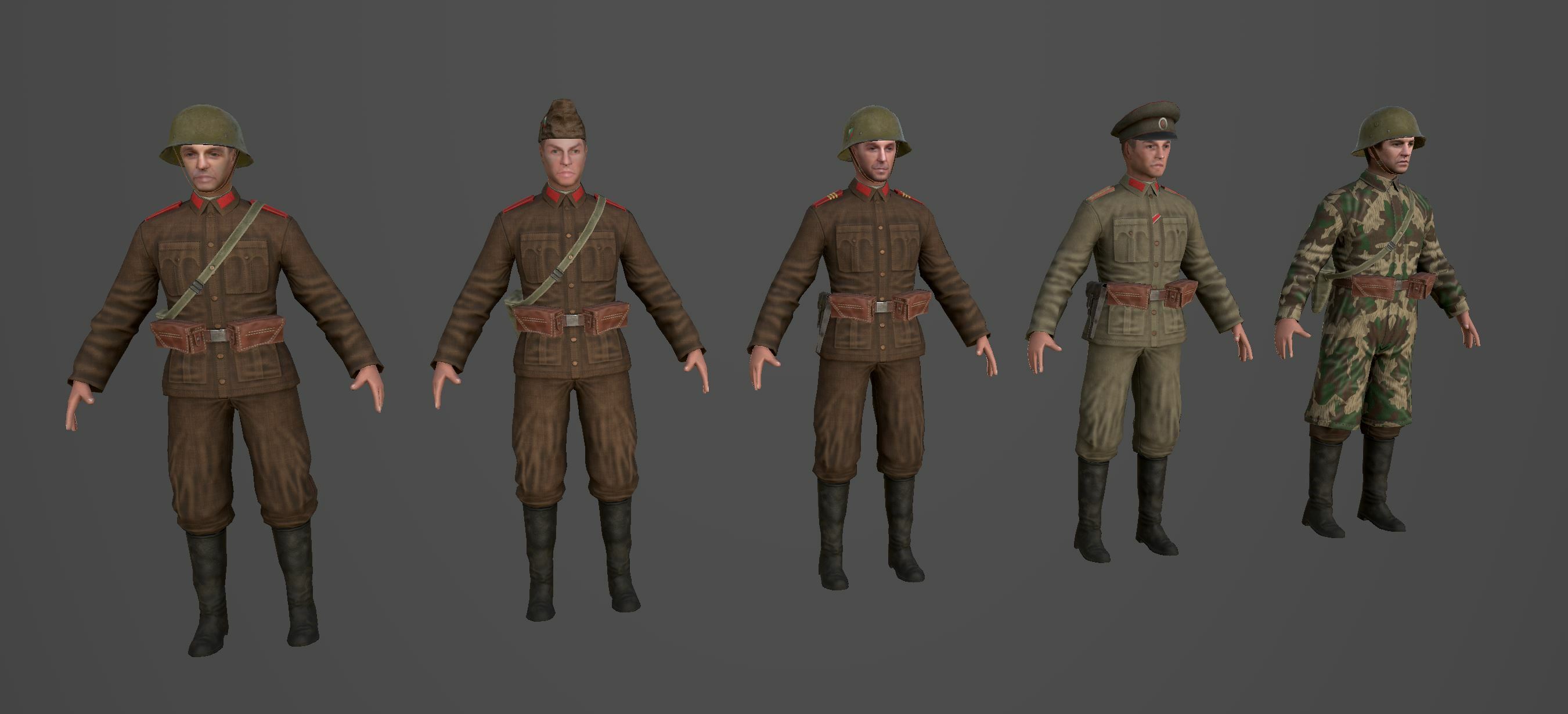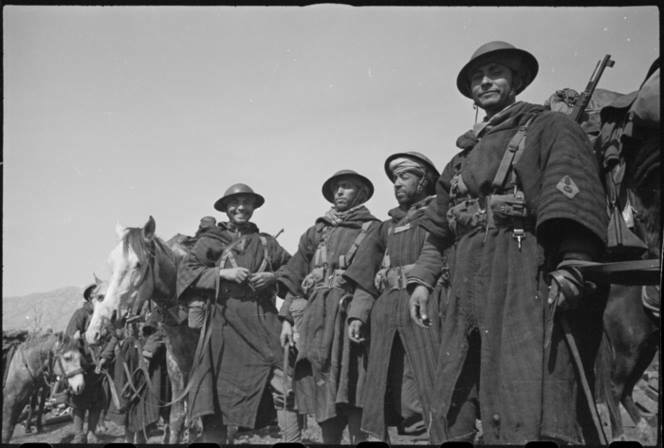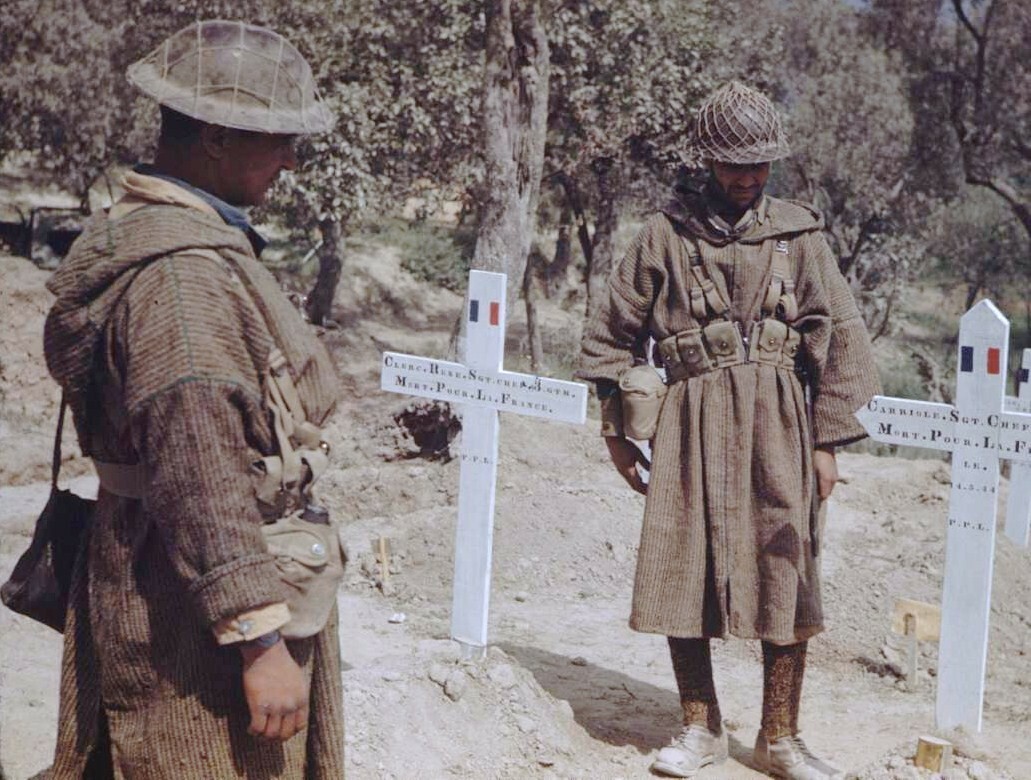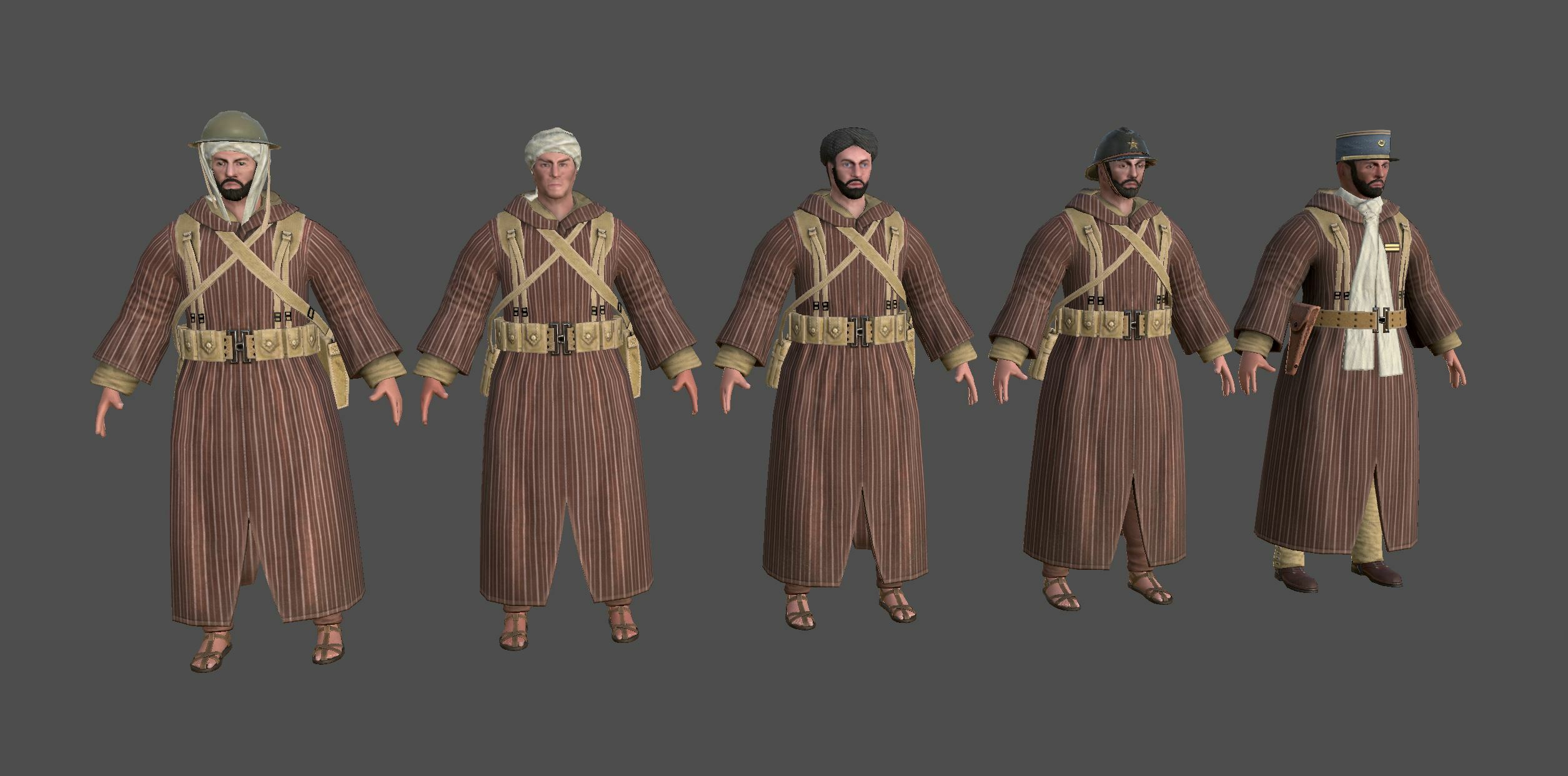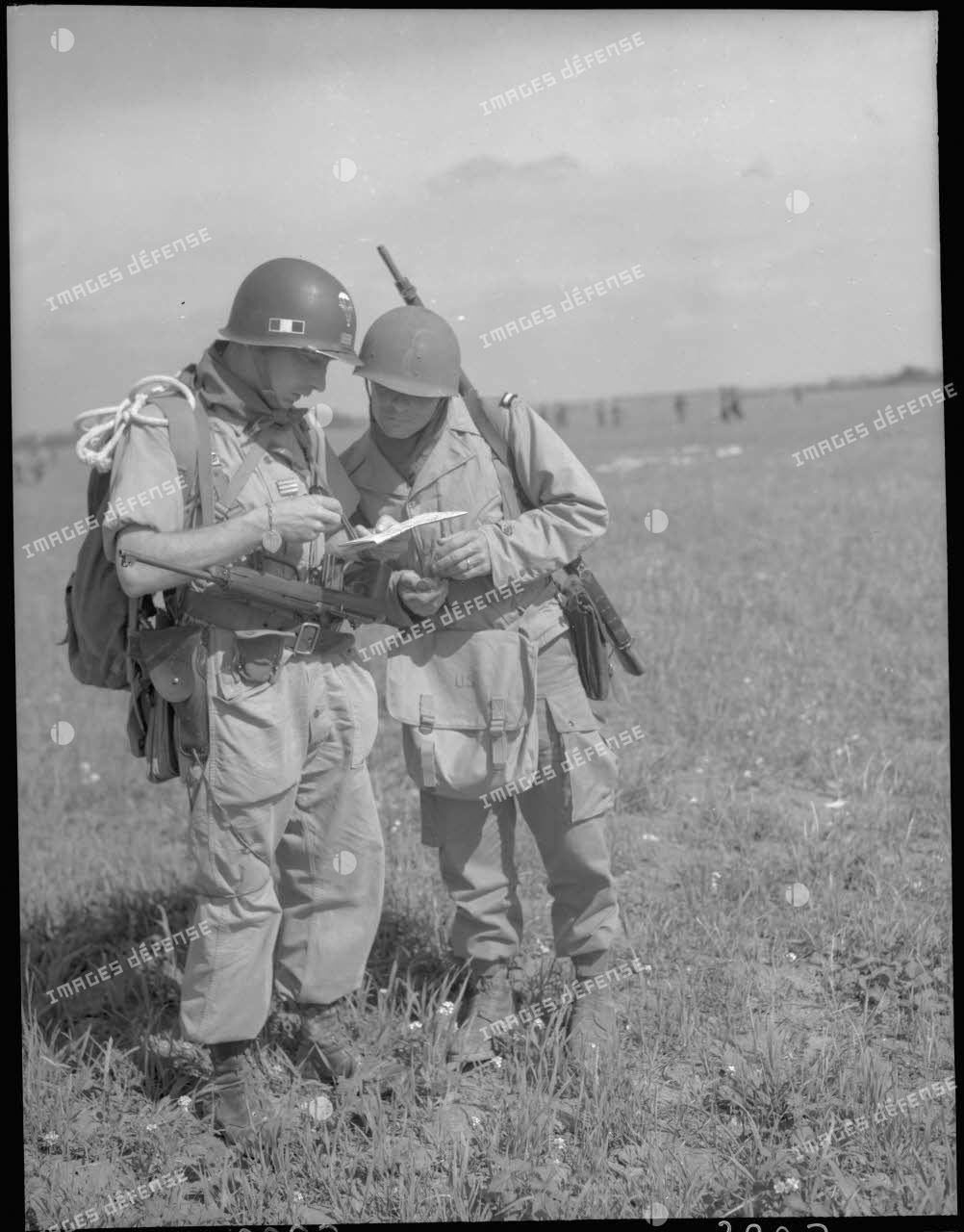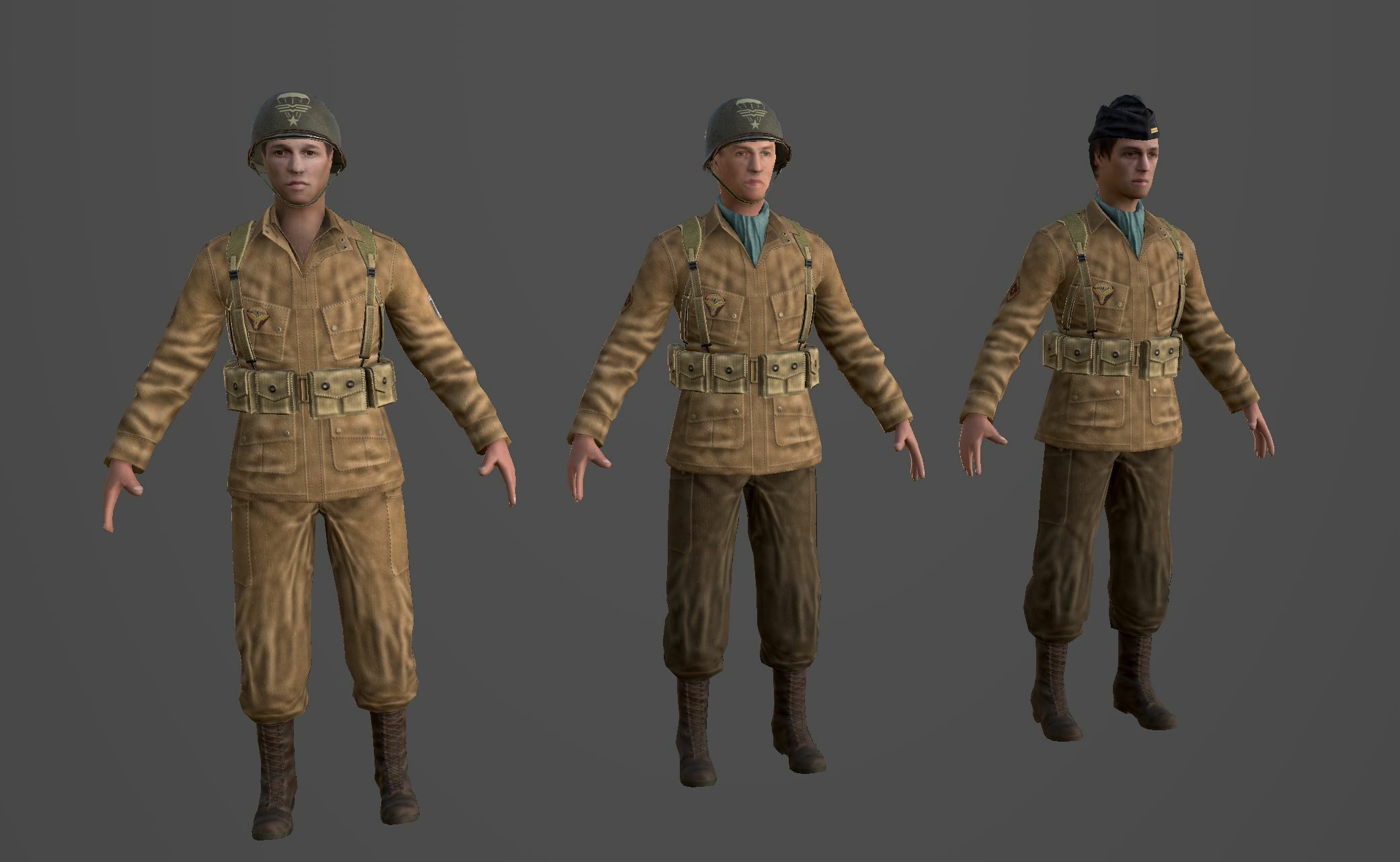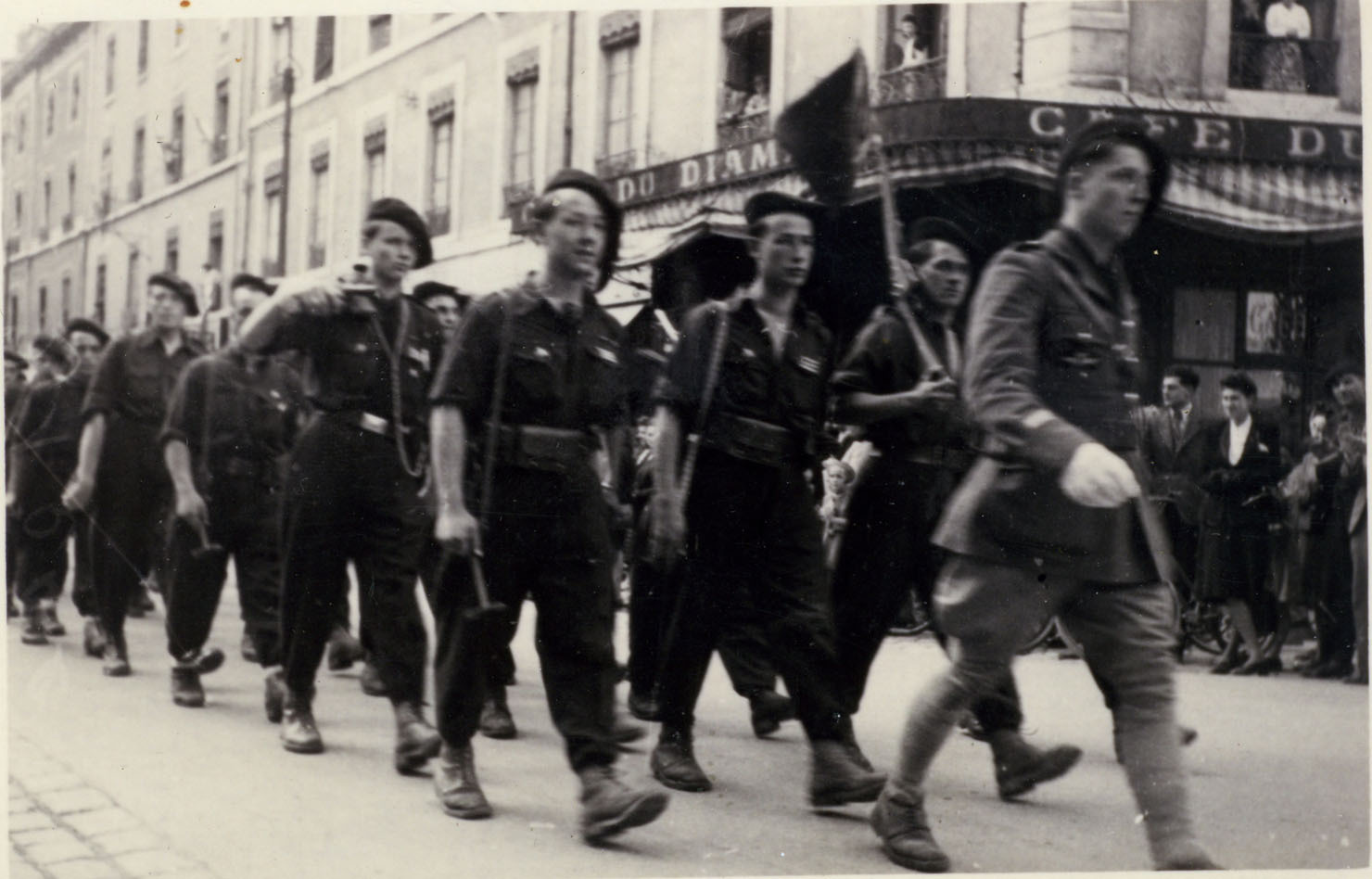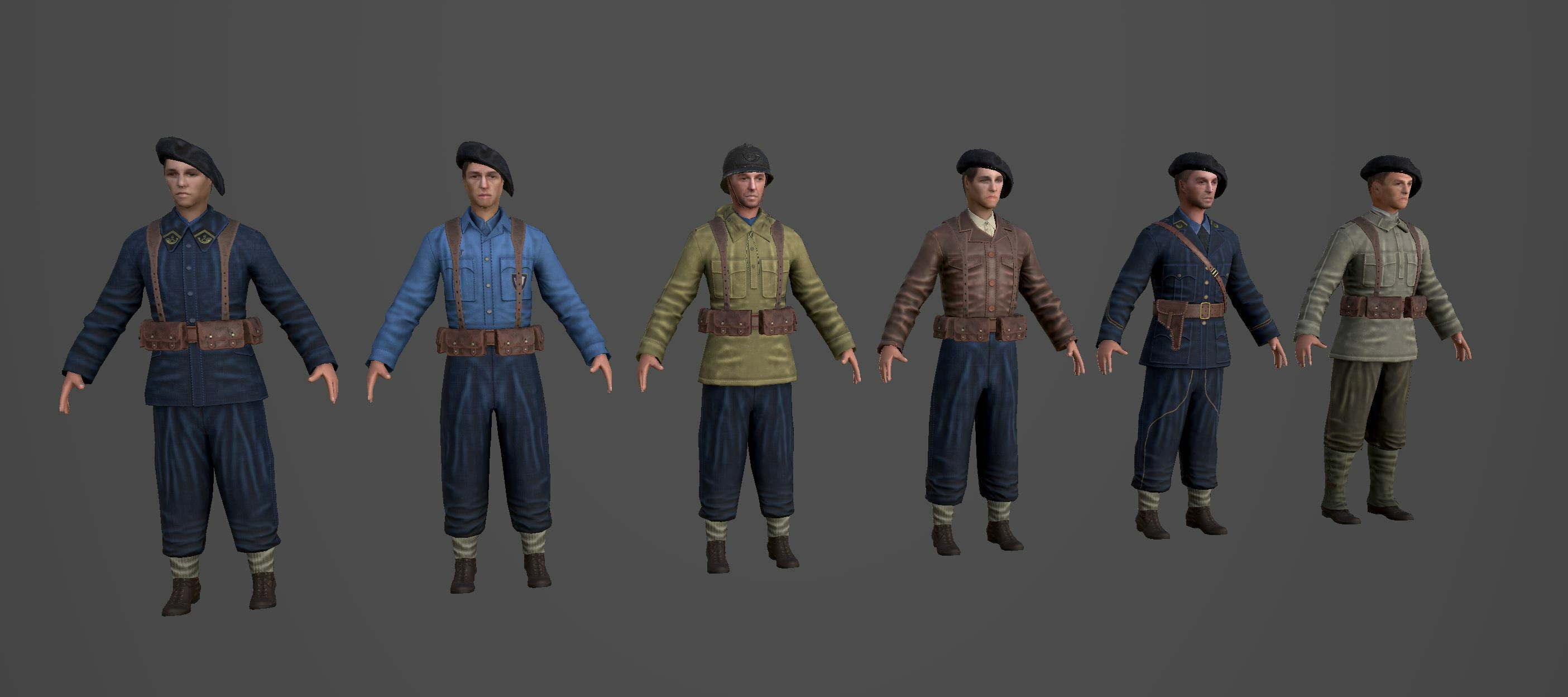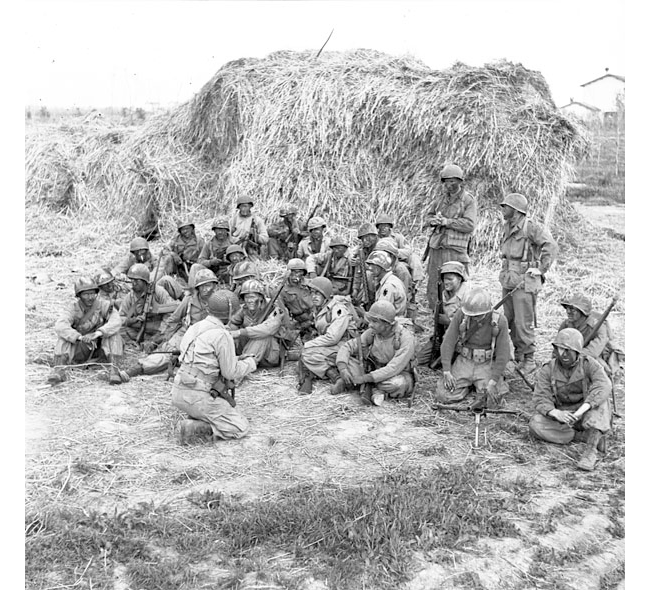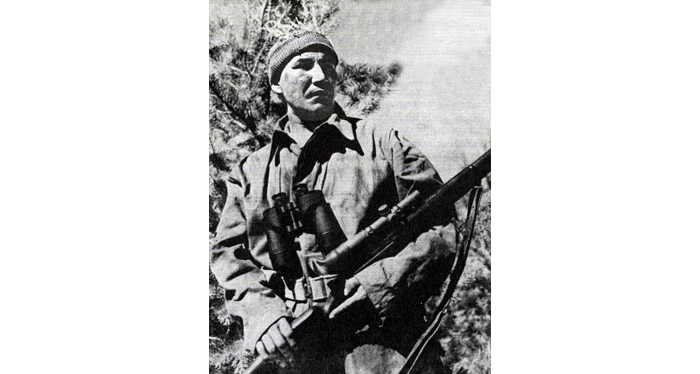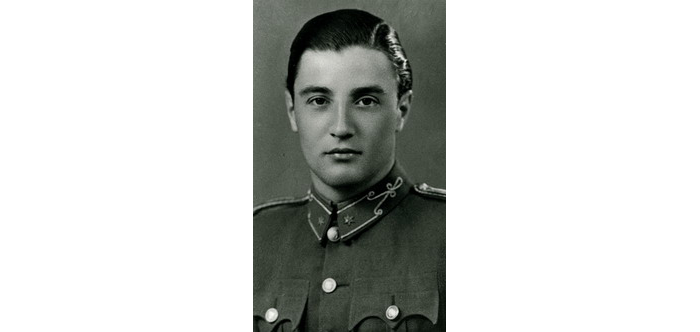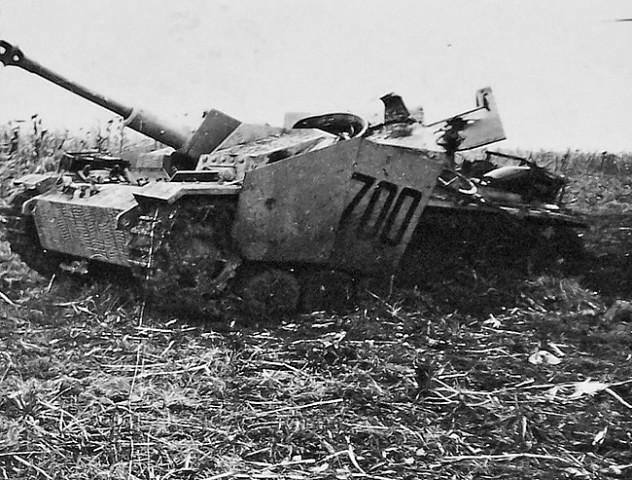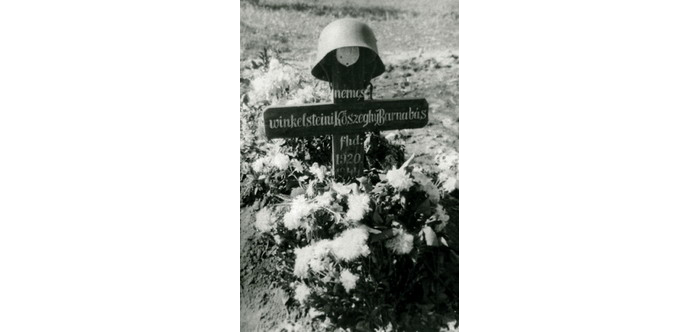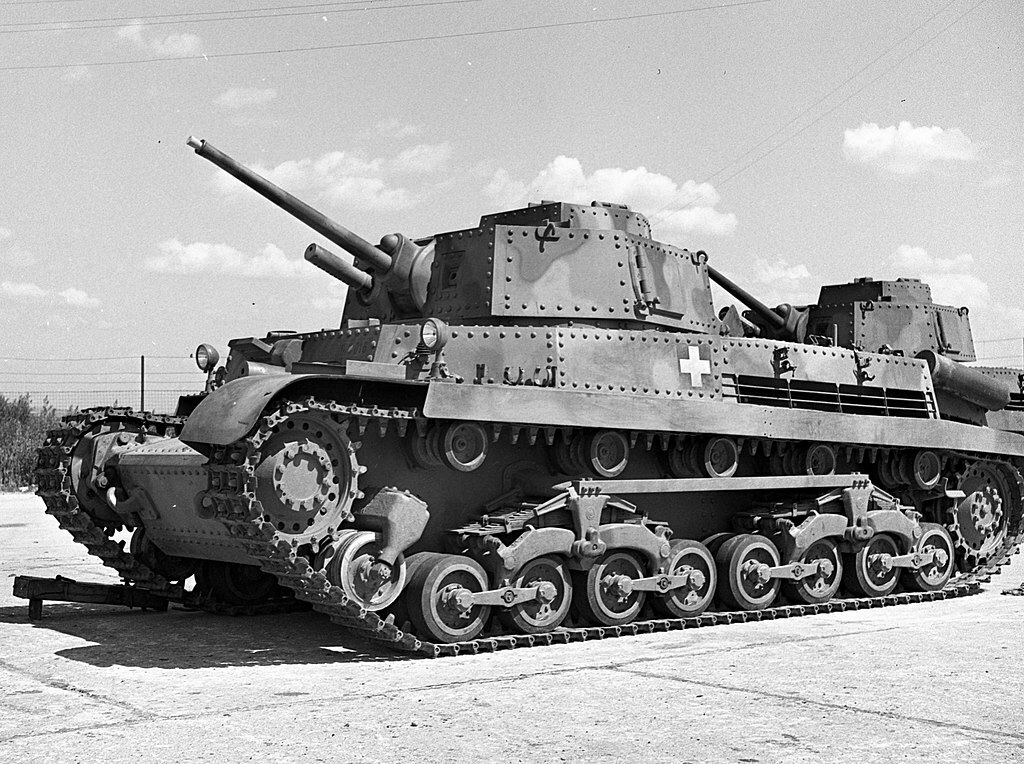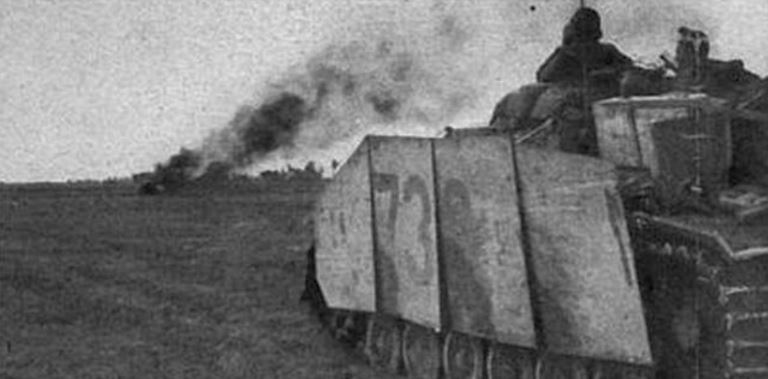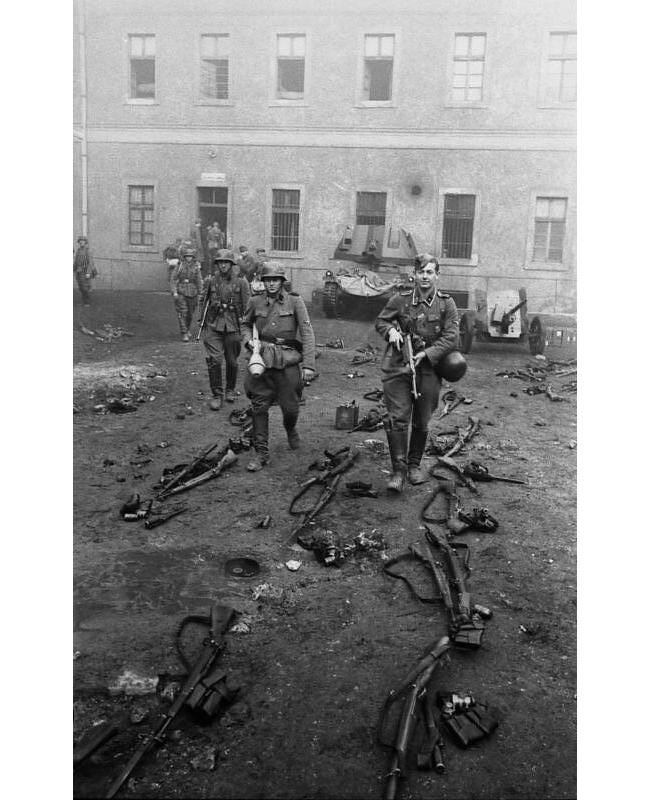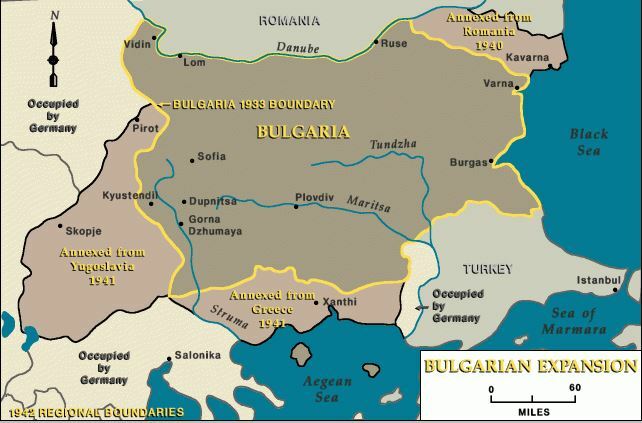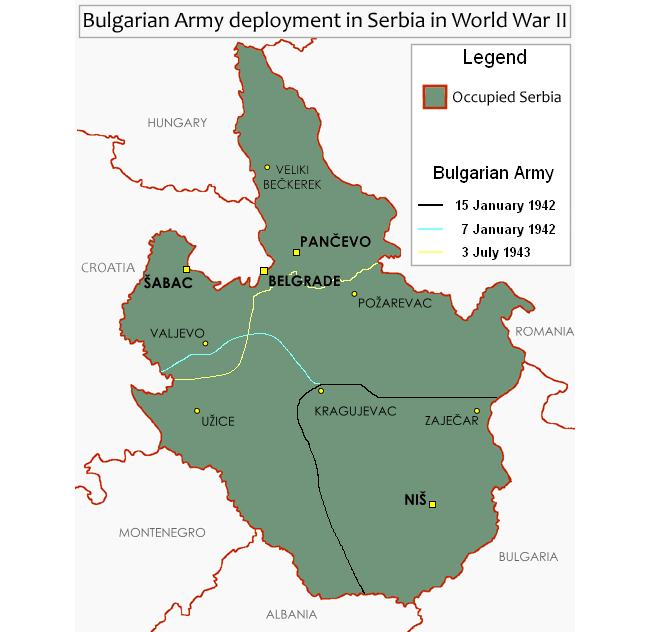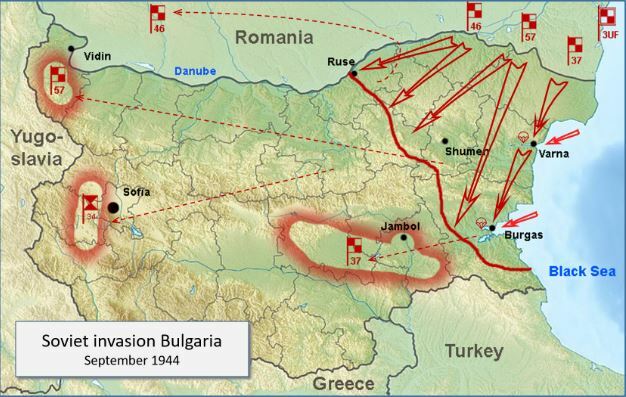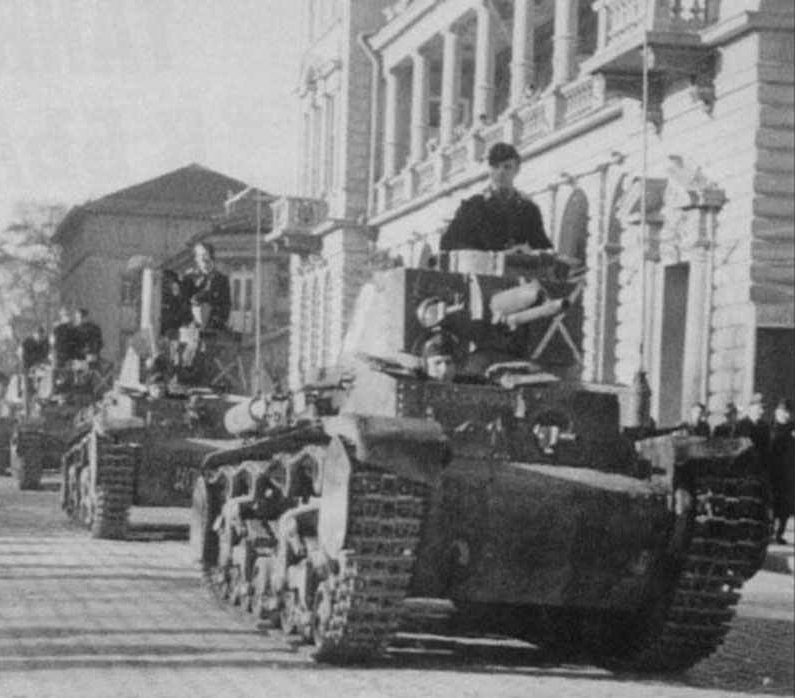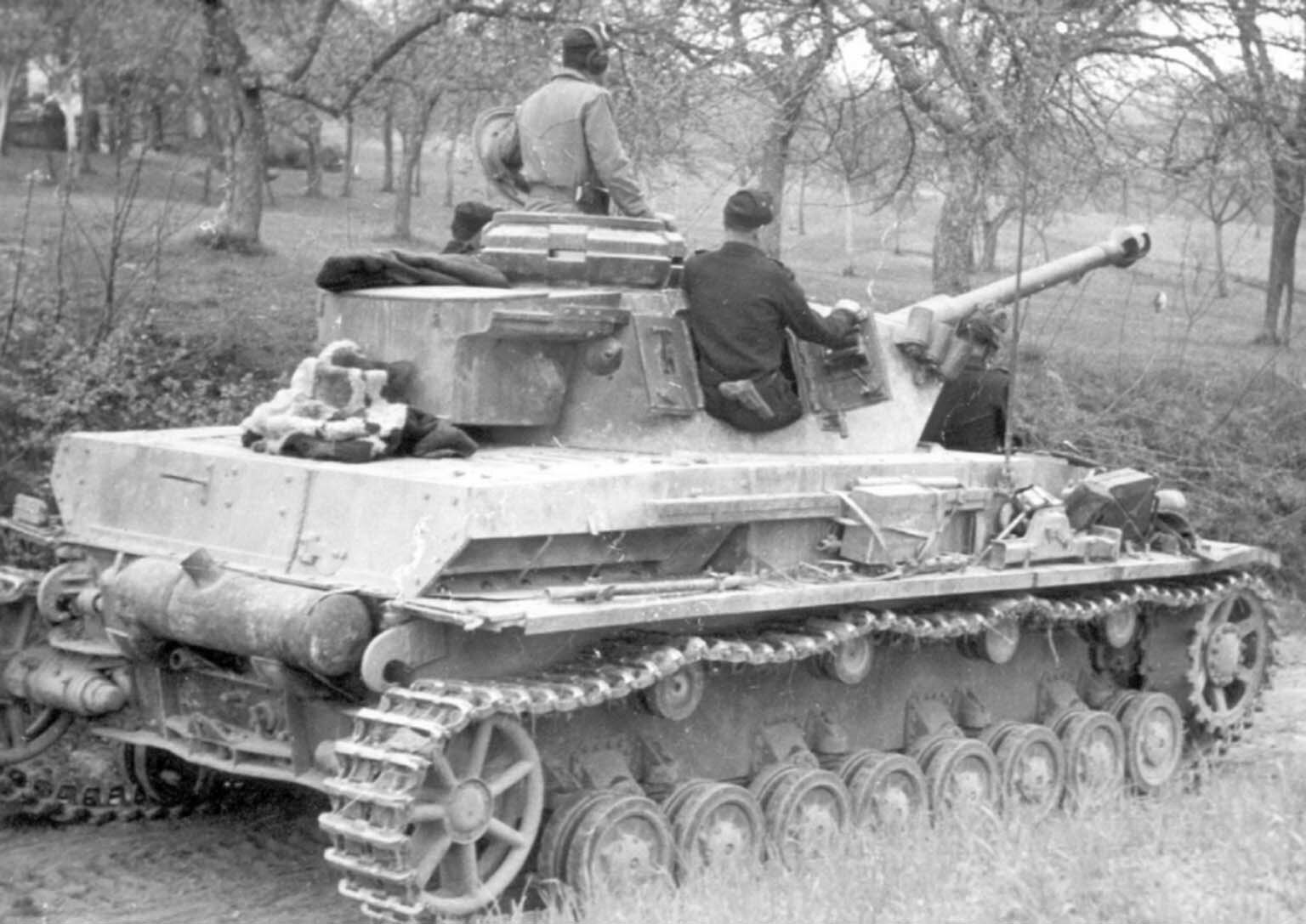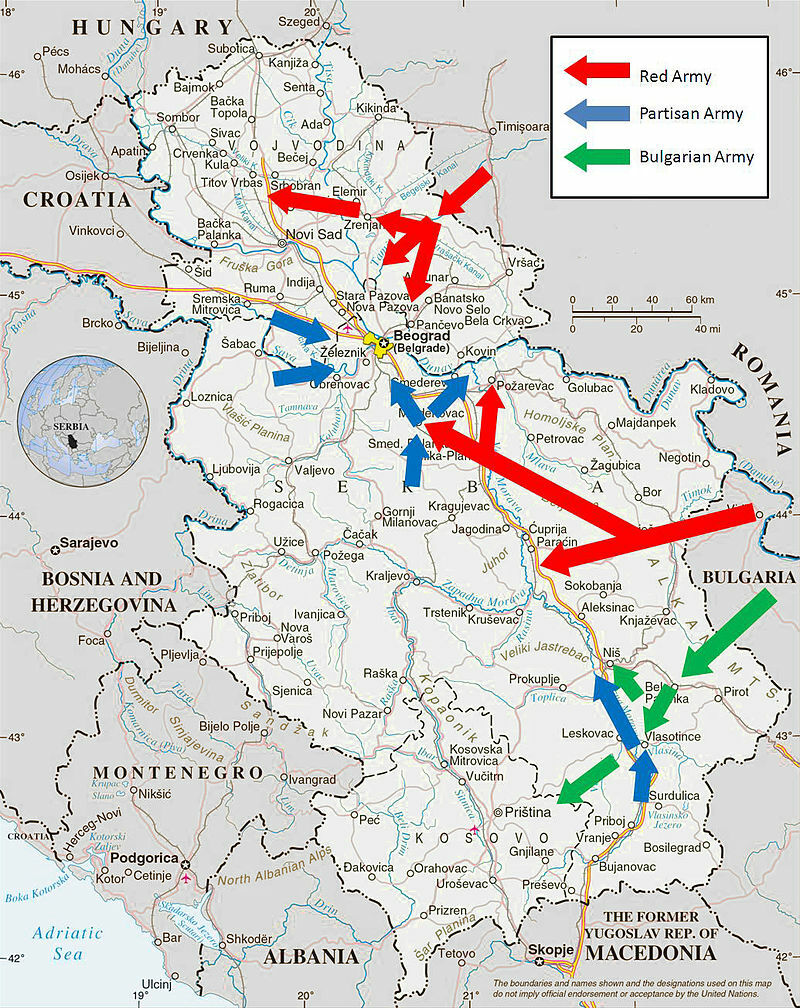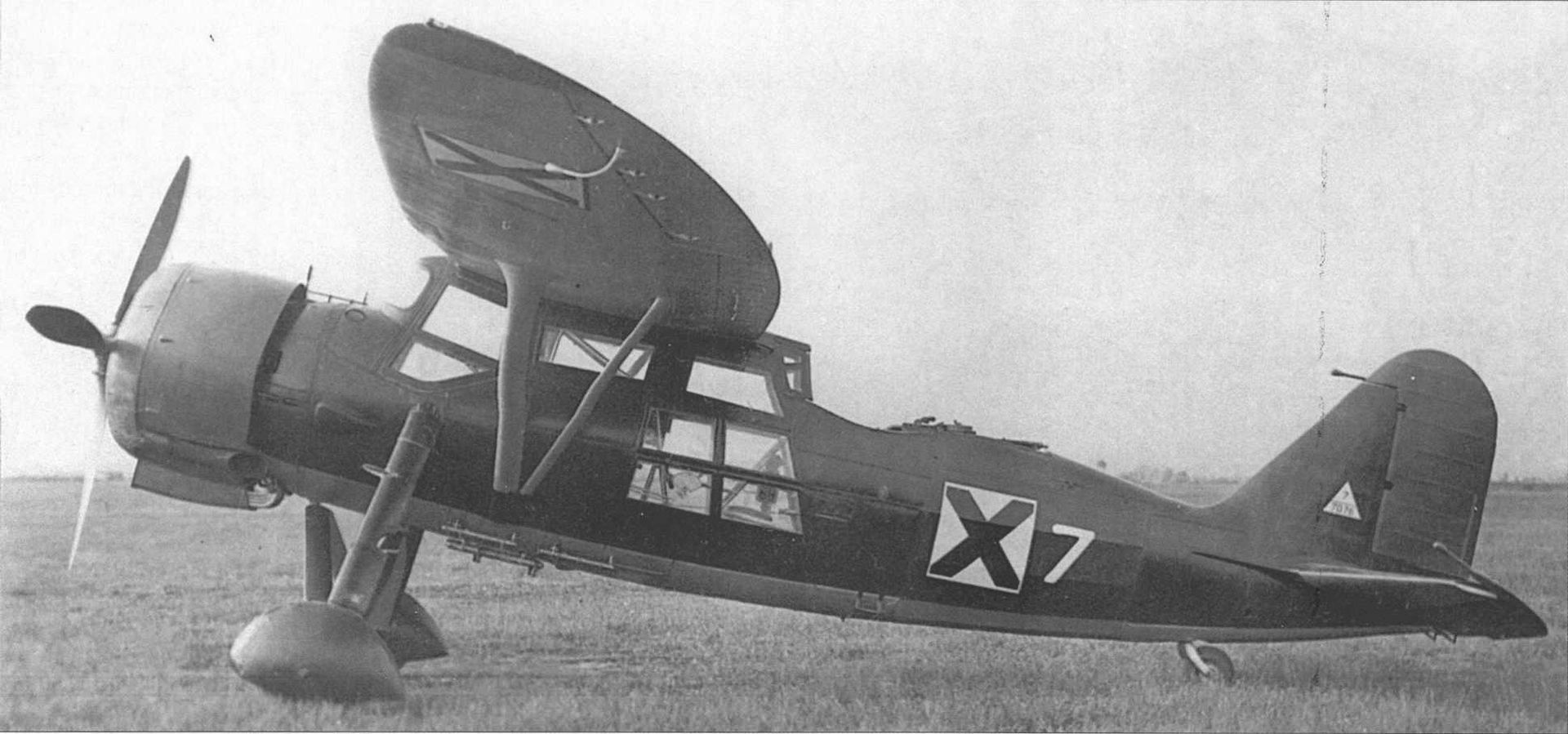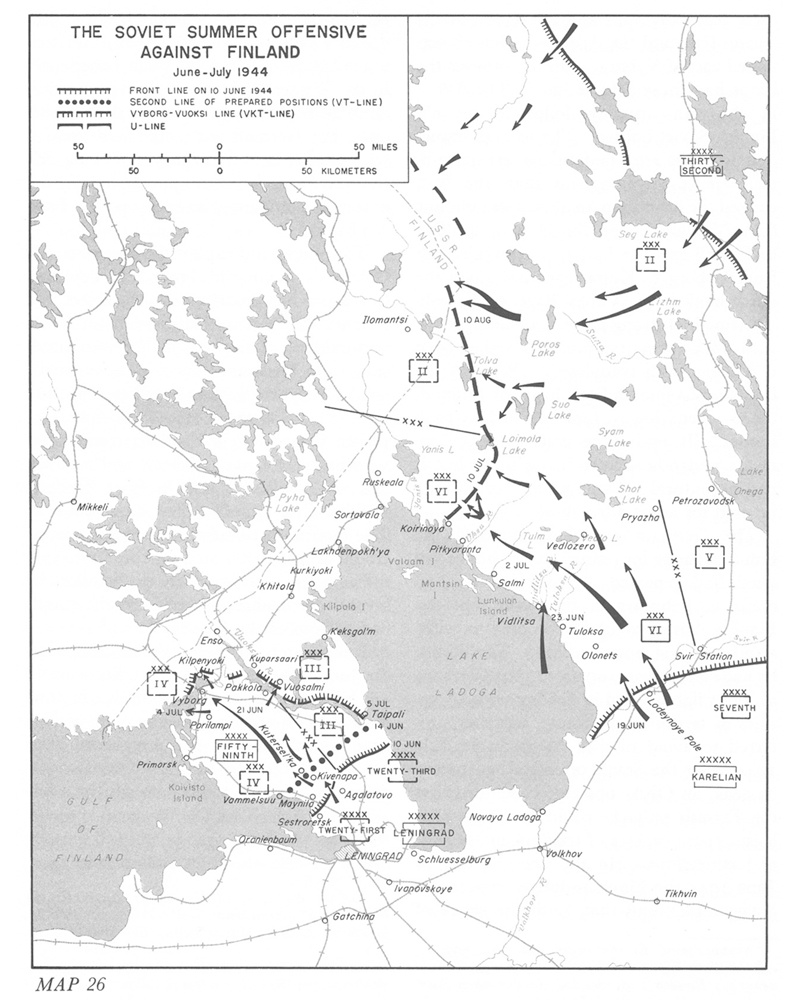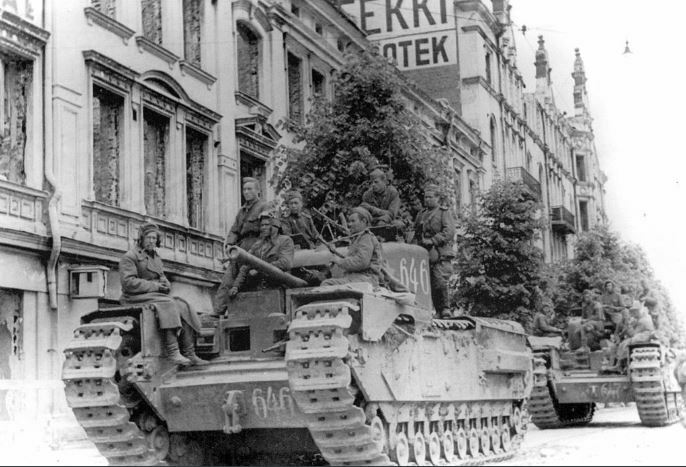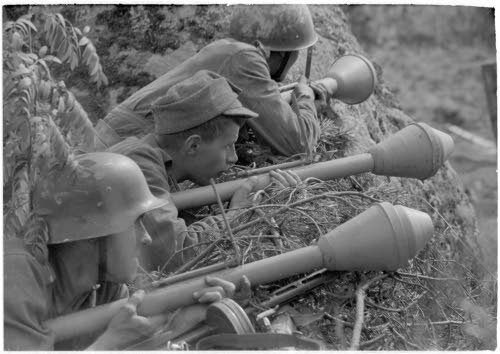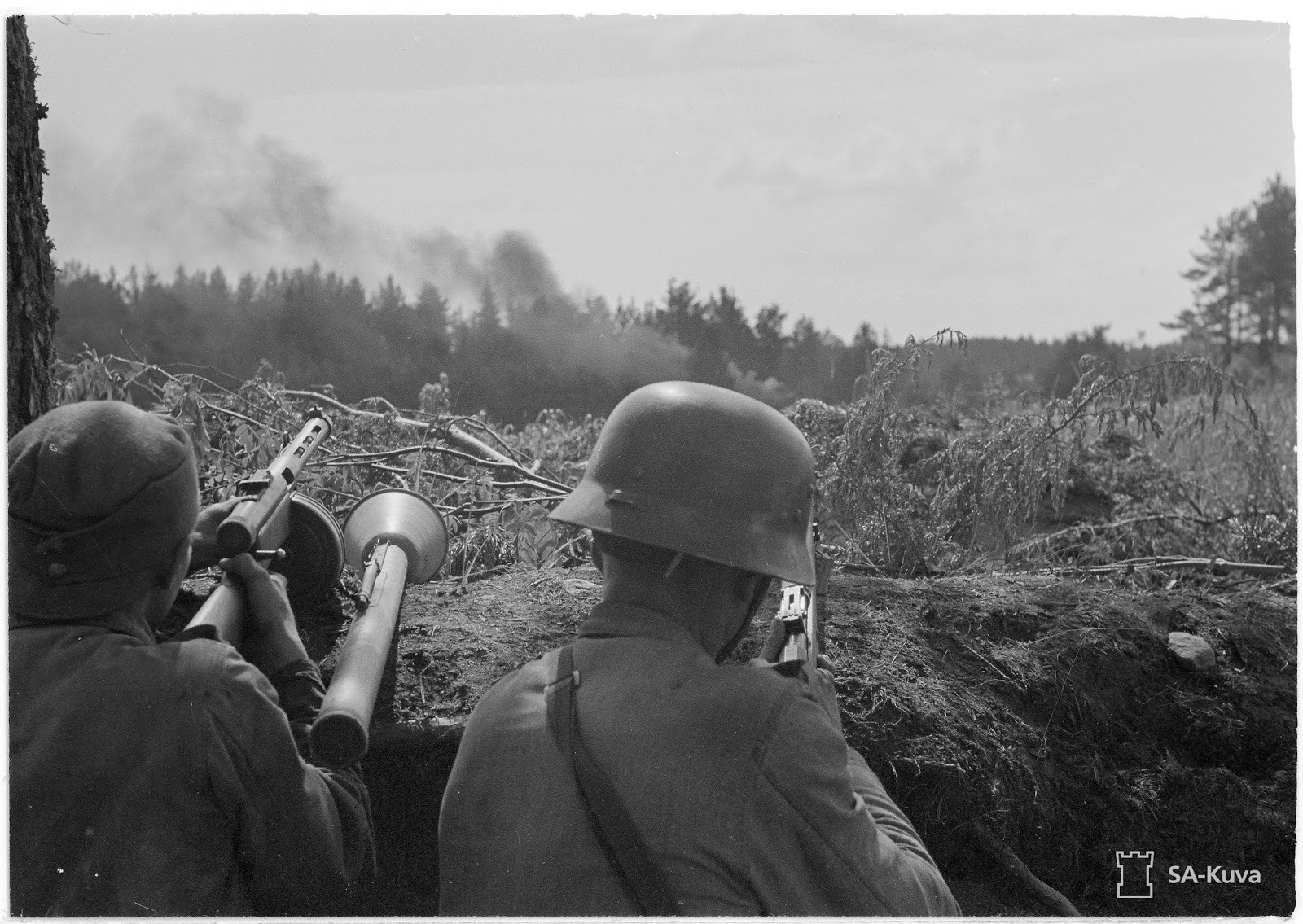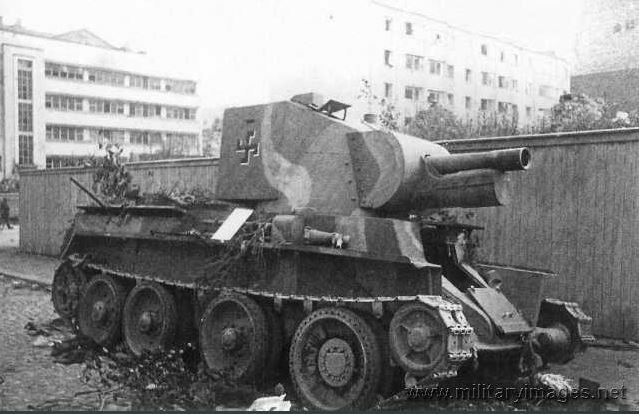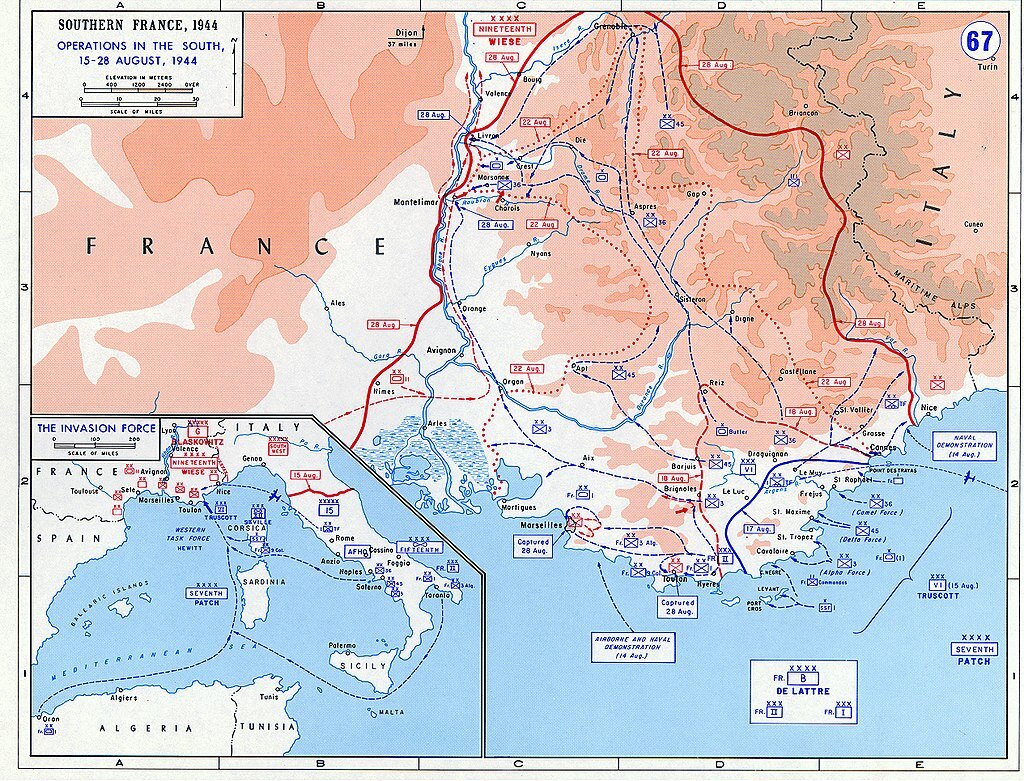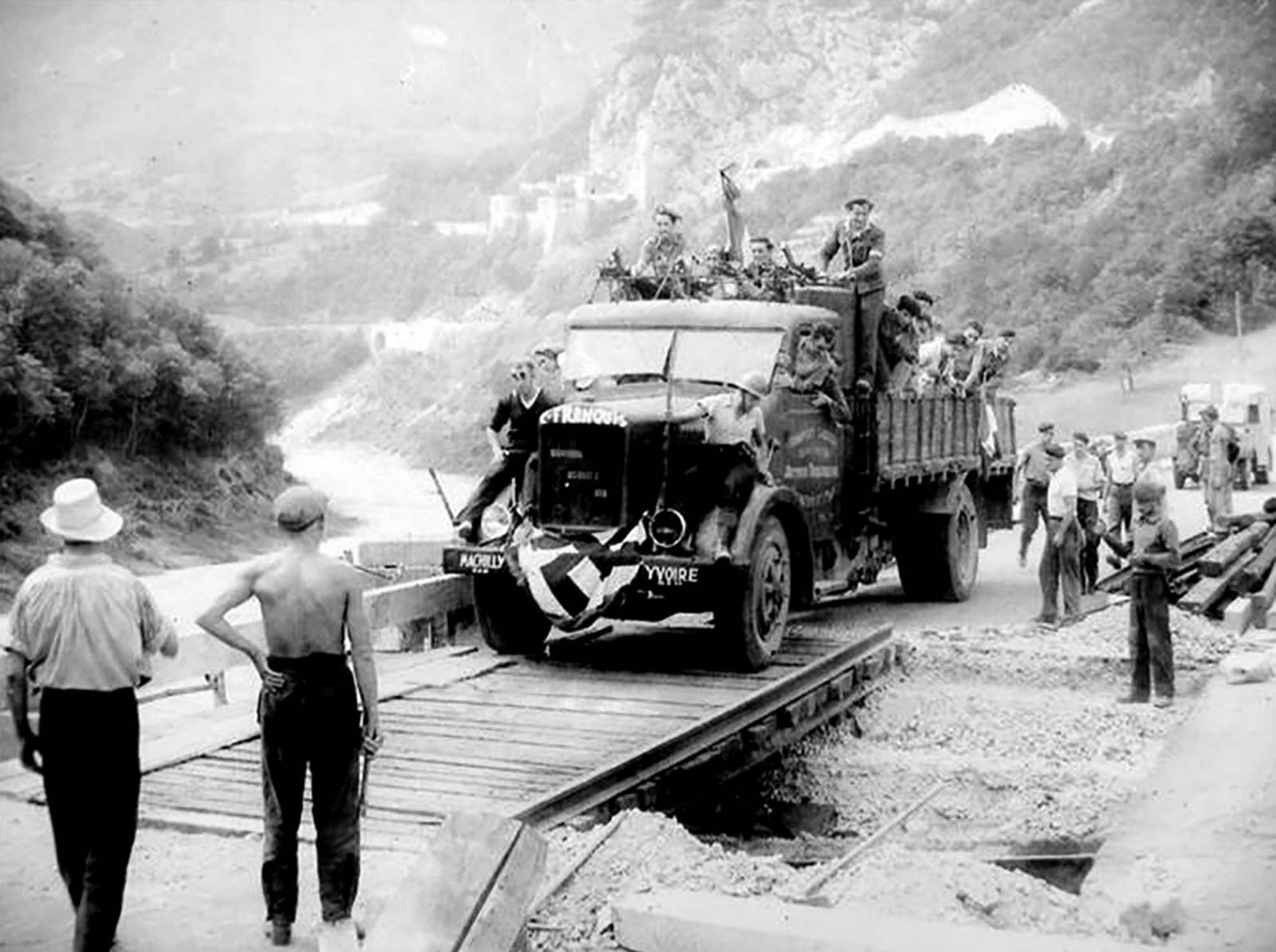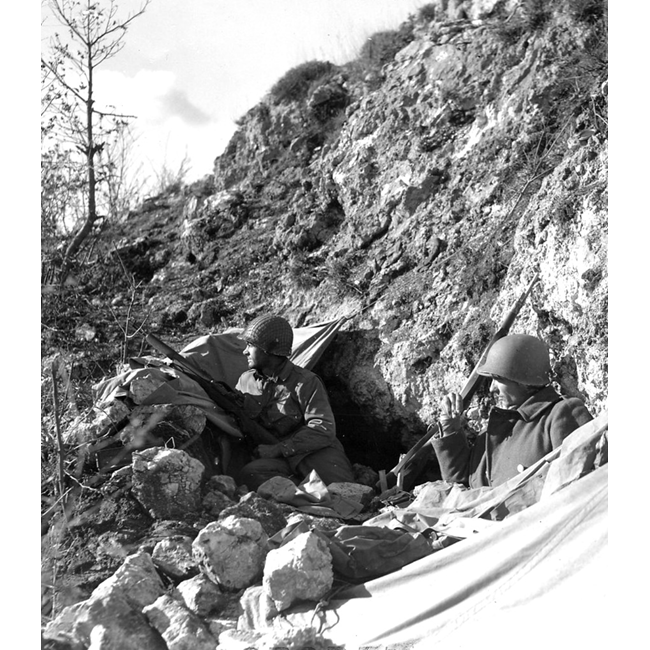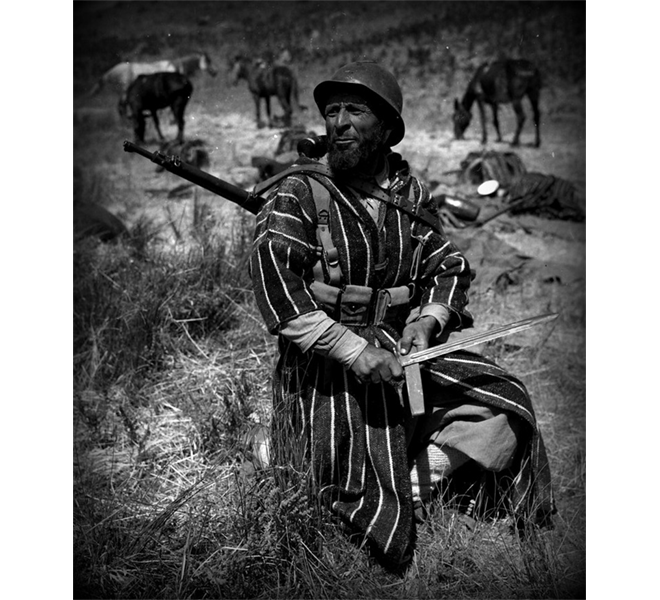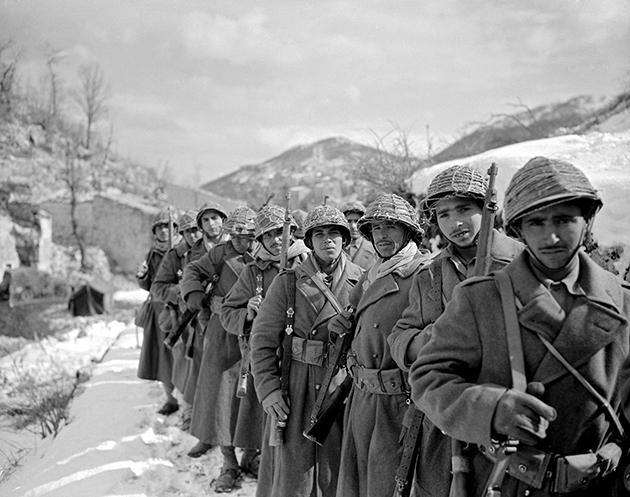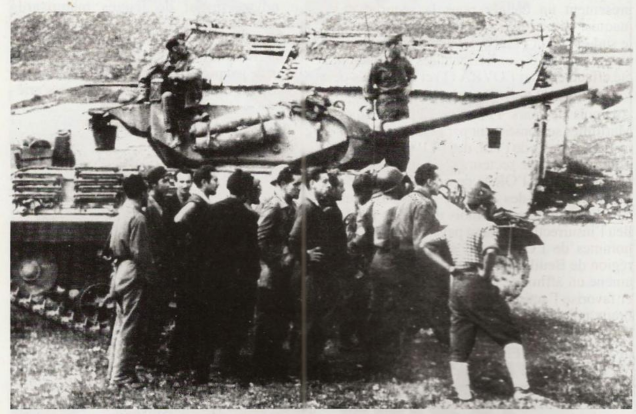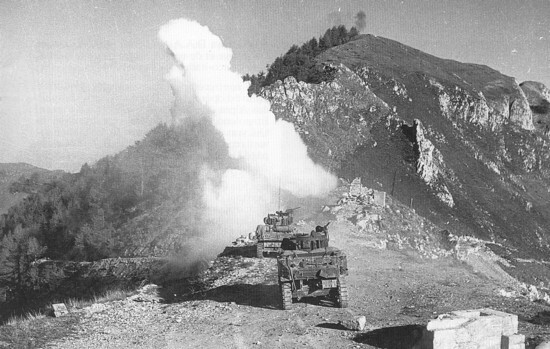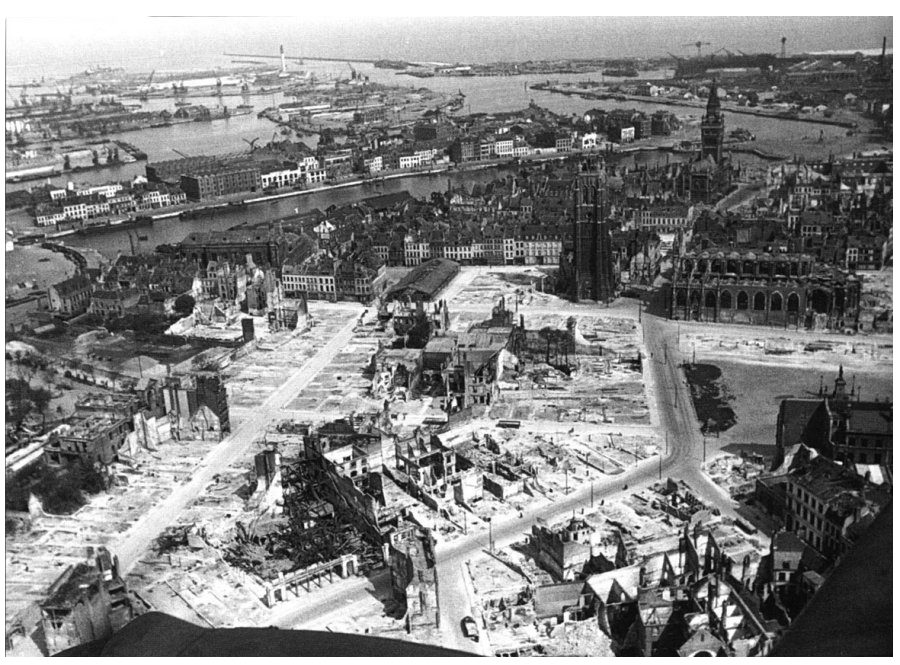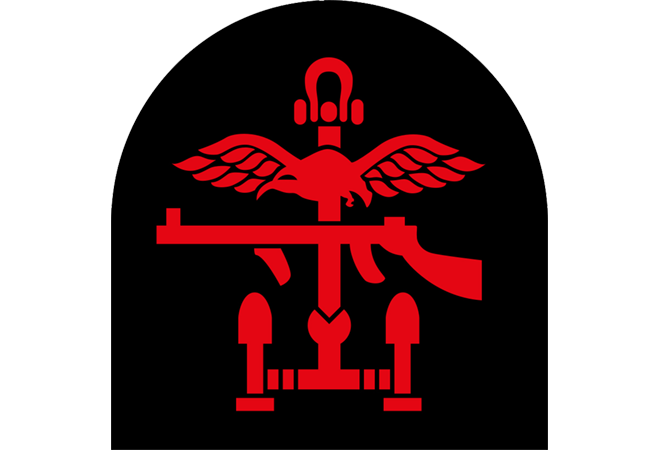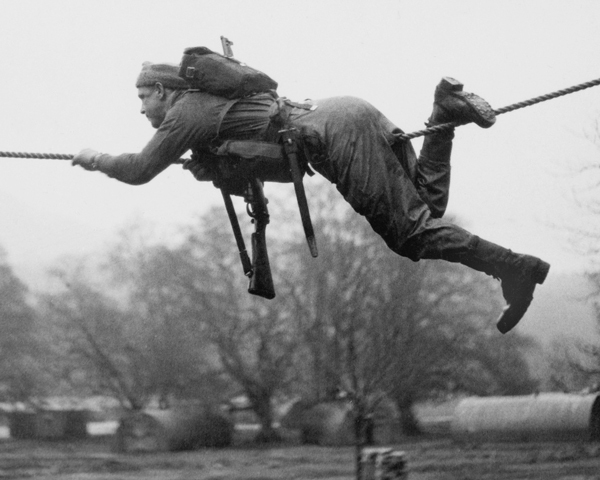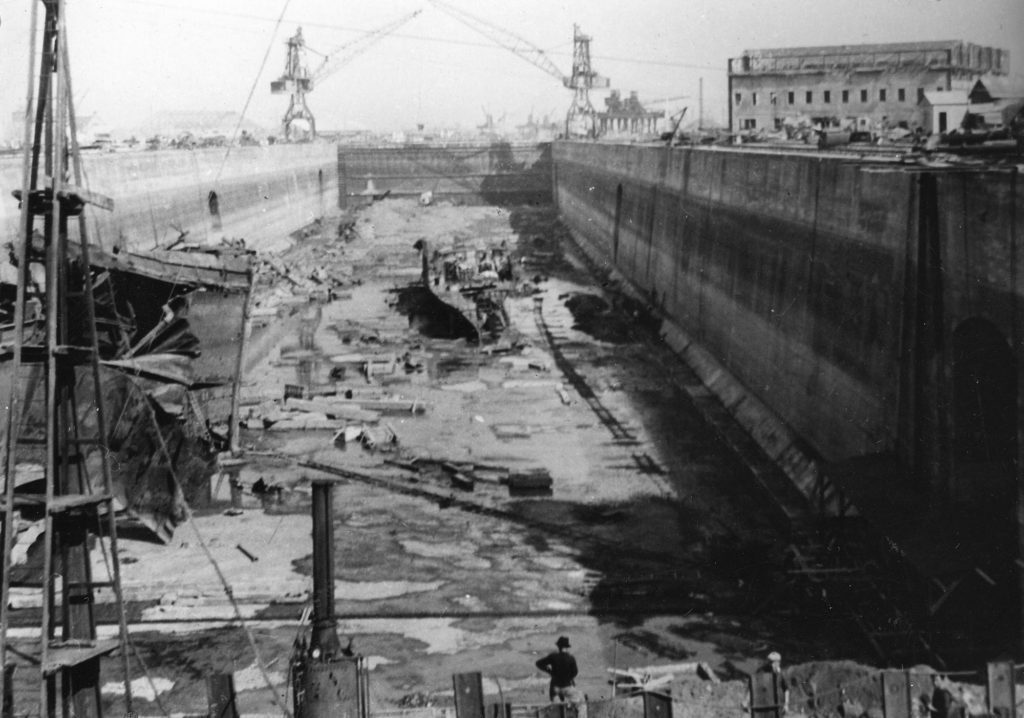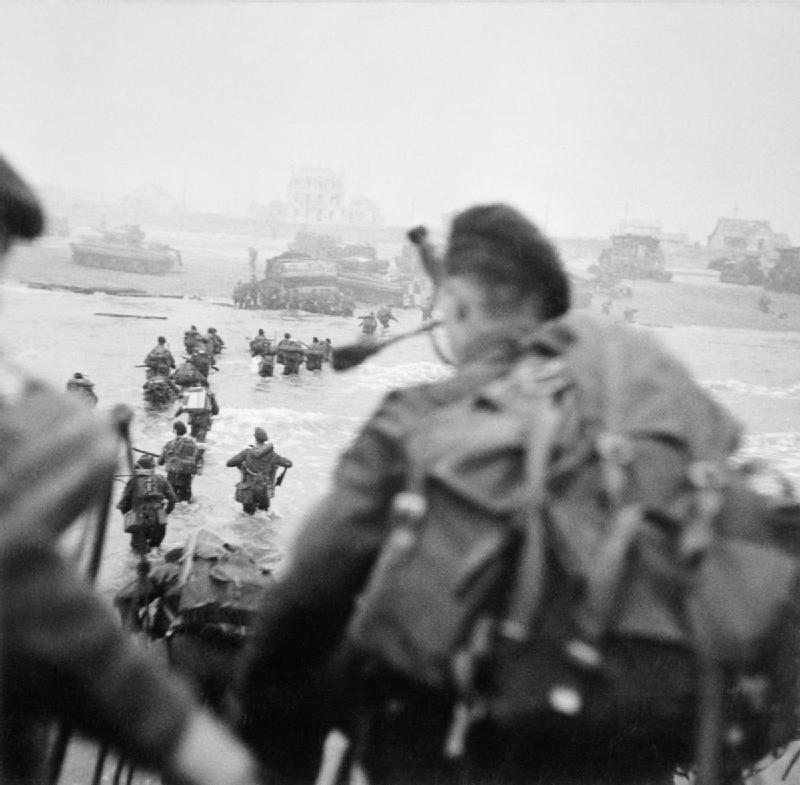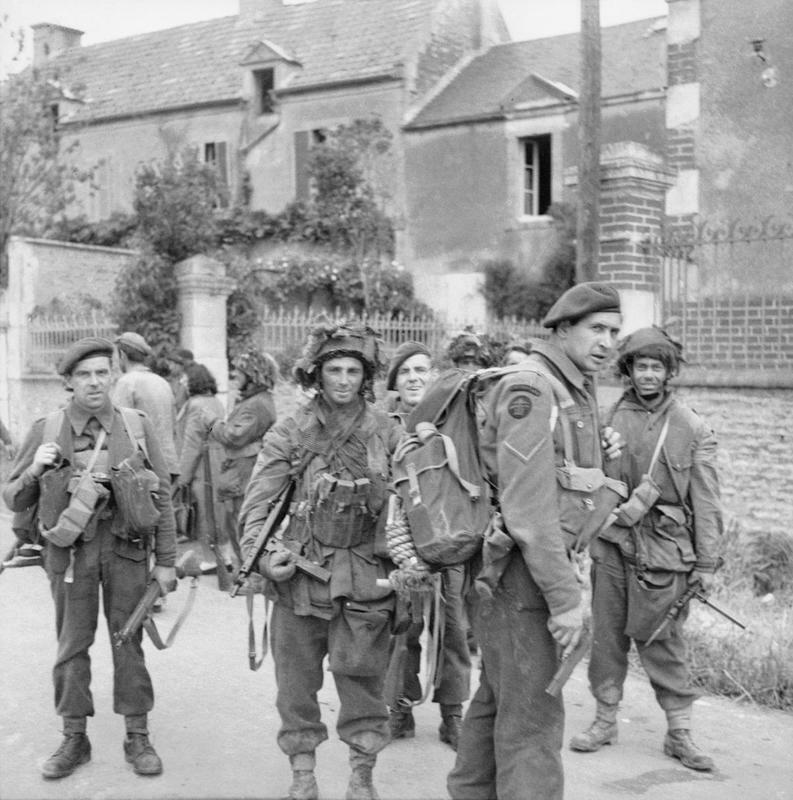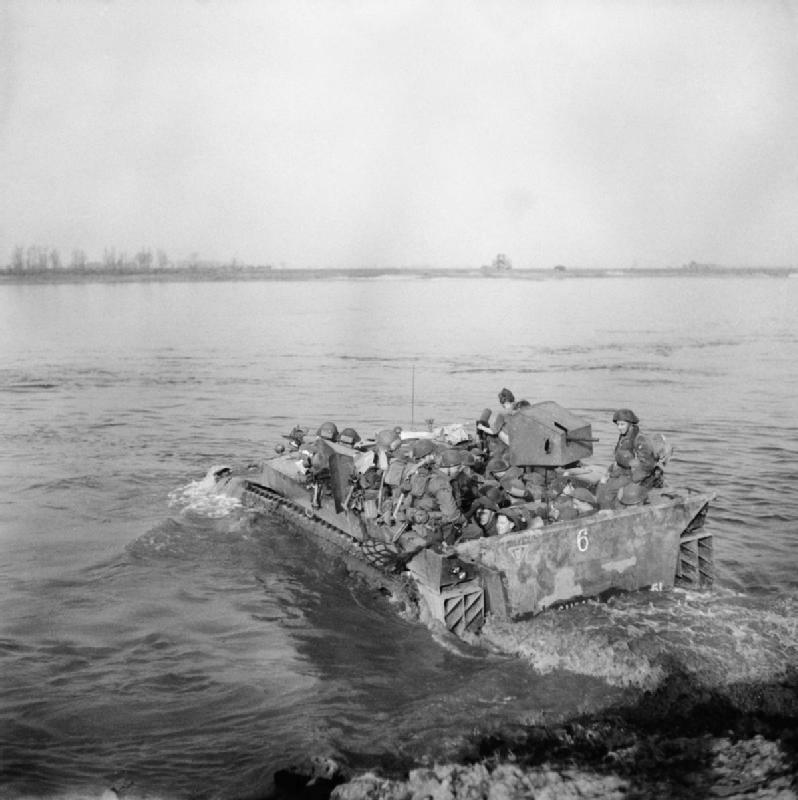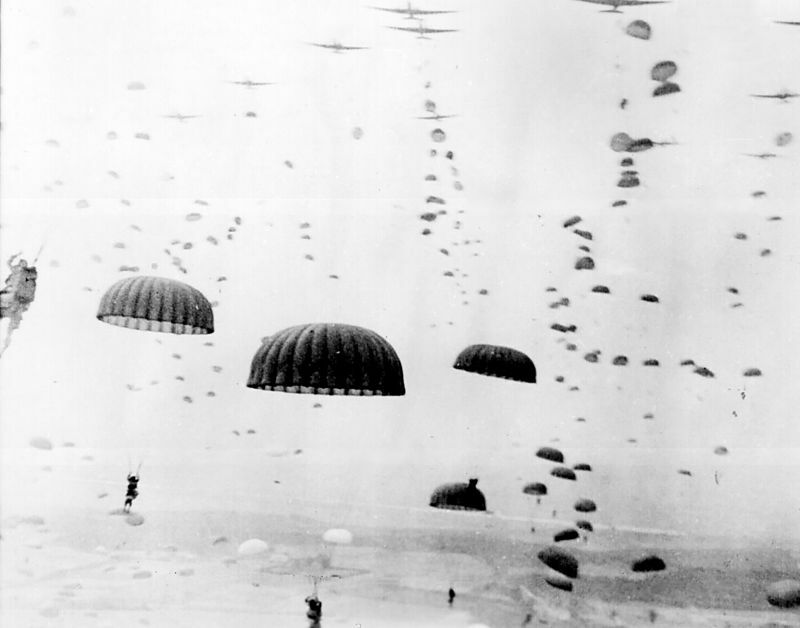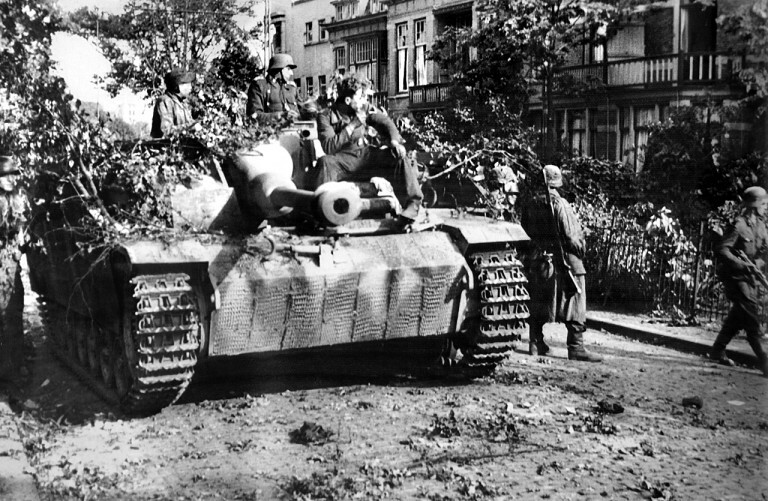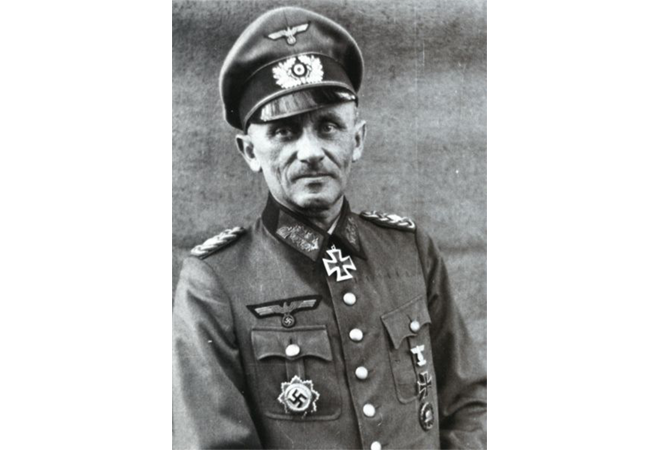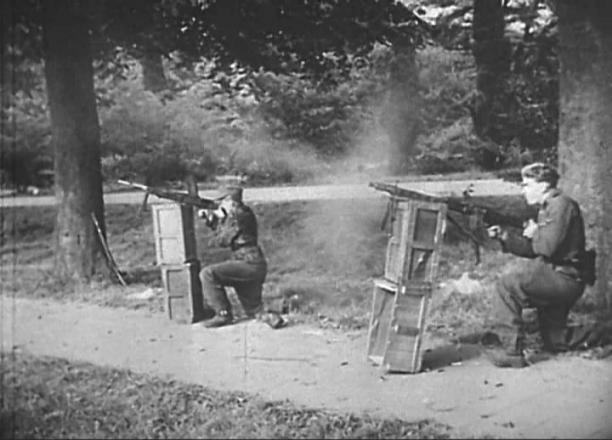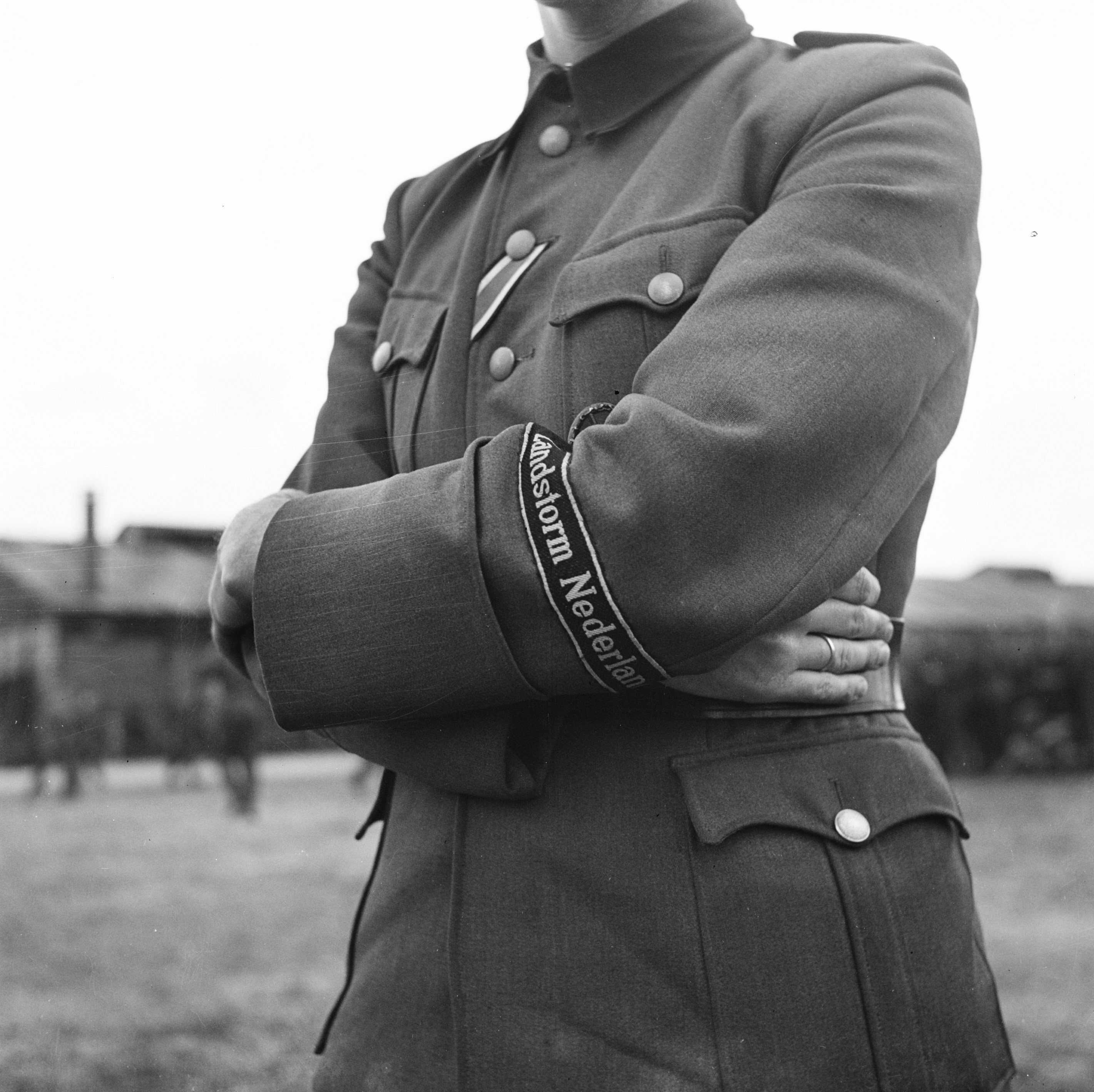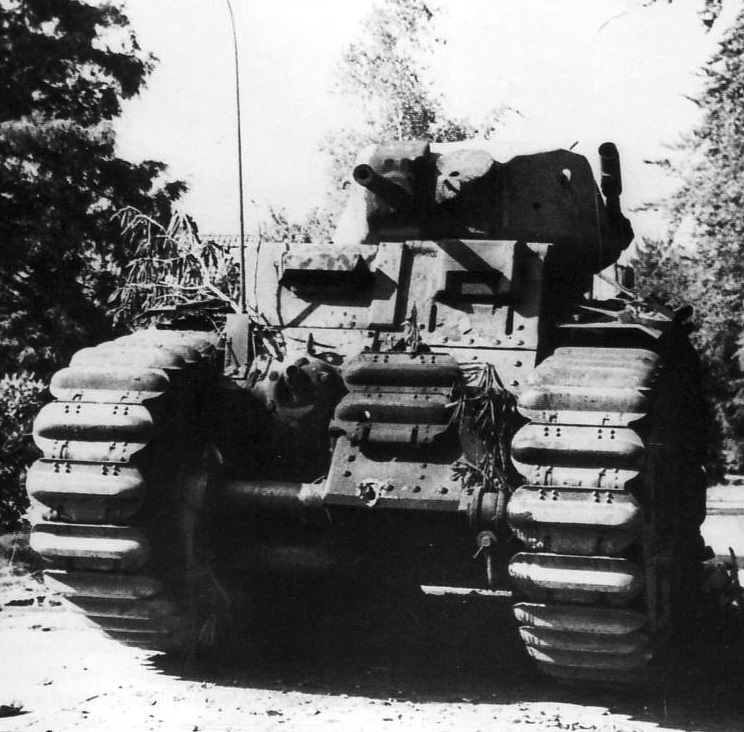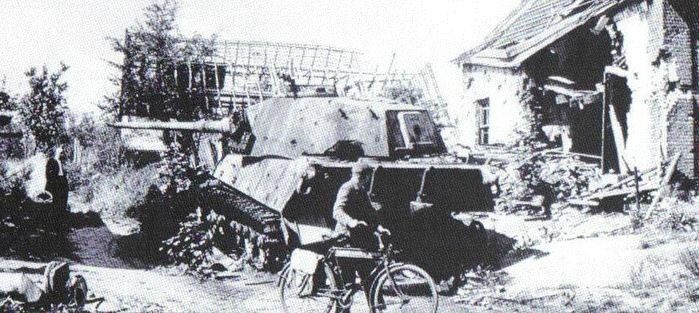
Apr 21, 2023
Steel Division 2 - [EUG] Gal Marcel Bigeard
Hello,
It’s time for another round of Steel Division 2: Men of Steel infantry highlights. As in last week’s highlight, today we will look at some new German, Dutch, Italian and British models.
Let’s detail the new combat soldiers itching to deploy in Steel Division 2.
The Germans
First up are our Axis German 15. Welle Warriors. As you might remember, Welle means “mobilization wave”, and during the war, Germany called up many a million recruits in different waves, with a decrease in quality as the conflict continued.
The divisions that formed part of the 15th Aufstellungswelle were assembled in April 1941, destined for occupation duty in the Balkans. Once arriving in the theater of operations, they would likely see combat against local partisans, not heavy-duty frontline combat (hence the questionable quality of the recruits). The divisions (numbered in the 700 range) contained two regiments from each military district (Wehrkreis) found in greater Germany.
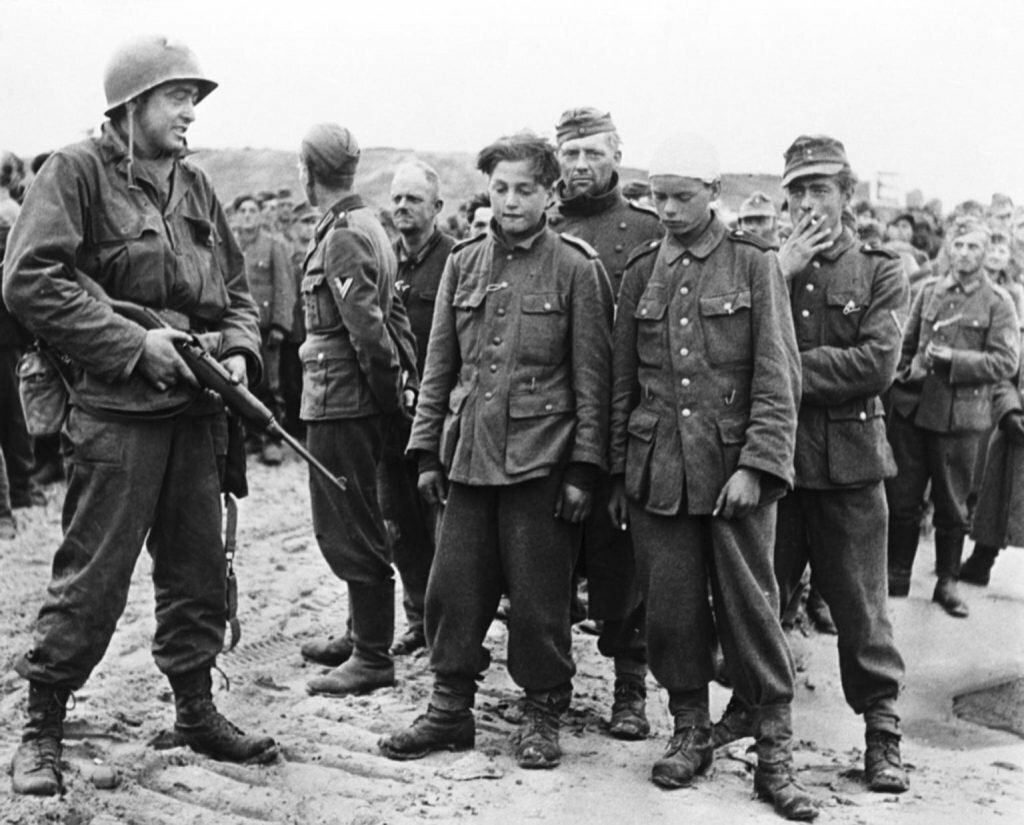
However, the new formations, with two infantry regiments, were weaker than previous mobilization waves. For instance, the regiments lacked infantry guns, anti-tank artillery, and heavy machine-gun companies. The first divisions were ready in early May, while the rest, including our 715. Infanterie-Division, could be deployed two weeks later.
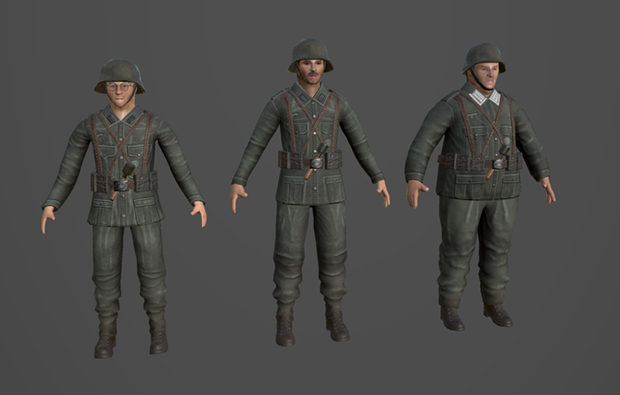
As static divisions, these formations were filled with men generally unfit for active service: too old, too weak, too scrawny, or too ill. Our models try to reflect that reality: meet Scrawny, Old Timer, and Fatty (inspired by Hogan’s Heroes’ Sergeant Schultz). These 3D models will be featured in the expansion’s 715. Infanterie-Division.
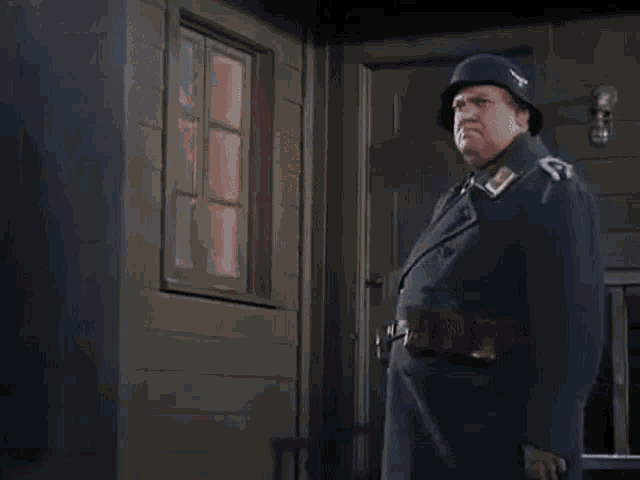
Dutch
The flinke kerels of the 34. SS Freiwilligen Grenadier Landstorm Nederland are next. The Landstorm was raised as a territorial unit filled with local collaborationist Dutchmen wanting to fight for the Axis. Founded in 1943 by the Reich Commissioner Arthur Seyss-Inquart, the unit first focused on guarding and protecting key infrastructure in the Netherlands, such as bridges, railways, and canals.

From November 1944, it officially became a brigade, and in early 1945 it turned into a division, even though in reality it never outgrew its brigade size.
Service in the formation was rather popular for those collaborationists wishing to avoid the other hardships of war. They were exempted from forced labor in Germany, did not have to fight beyond the Dutch borders, and a number of troops were deemed unfit for combat duties in other SS formations.
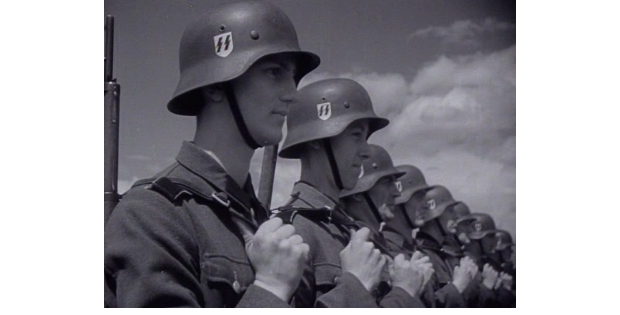
When the fighting approached the Netherlands in September 1944, the first battalions of the poorly trained and lightly equipped Landstorm were thrown at the Commonwealth forces in Belgium. They didn’t fare well. The third battalion was present when the British paratroopers landed near Arnhem, thanks to a nearby training camp. The Dutch SS took to the fight after a day or two (arriving by bicycle, how typically Dutch). Equally ill-performing, when used against Polish paratrooper reinforcements, and using captured British airdropped weaponry, the Landstorm was beaten back rather without much trouble. Many of the Dutch soldiers deserted during the fighting.
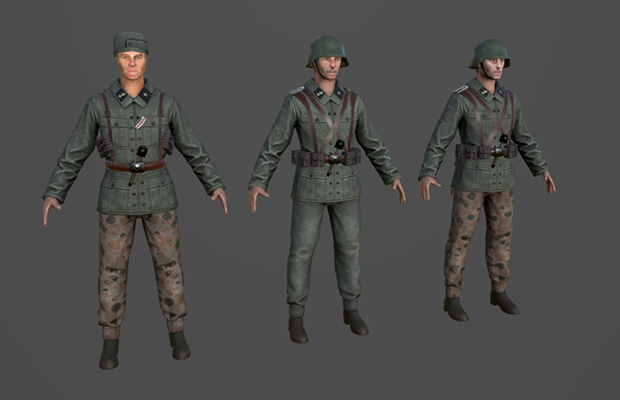
The Landstorm saw only limited action in the Netherlands for the rest of the war, ultimately surrendering in droves during April and May 1945 (which caused its share of issues when done by Dutch Resistance fighters). In Steel Division 2: Ment of Steel, the Landstorm units will be found with the Kampfgruppe von Tettau.
Italians
The Italians are back! This time in the form of the Axis RSI Decima Mas, the Italian naval raiding forces. Usually rated as the best of the RSI (Repubblica Sociale Italiana or the Italian Social Republic), these soldiers were not under either Mussolini or German control. The RSI Decima Mas was “only loyal” to their commander, Prince Borghese.
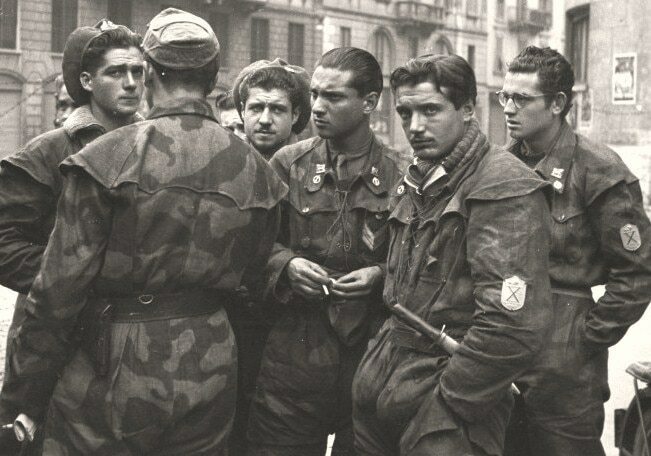
These Italians kept the war going against the Allies in coordination with the Germans, but not under their official command. After the split between an Allied and Axis-controlled Italy, Decima Mas eventually grew to over 18,000 members. Although conceived by Borghese as a naval unit, instead, it gained a reputation as a savage pro-fascist, anti-communist resistance force in various land battles alongside German troops.
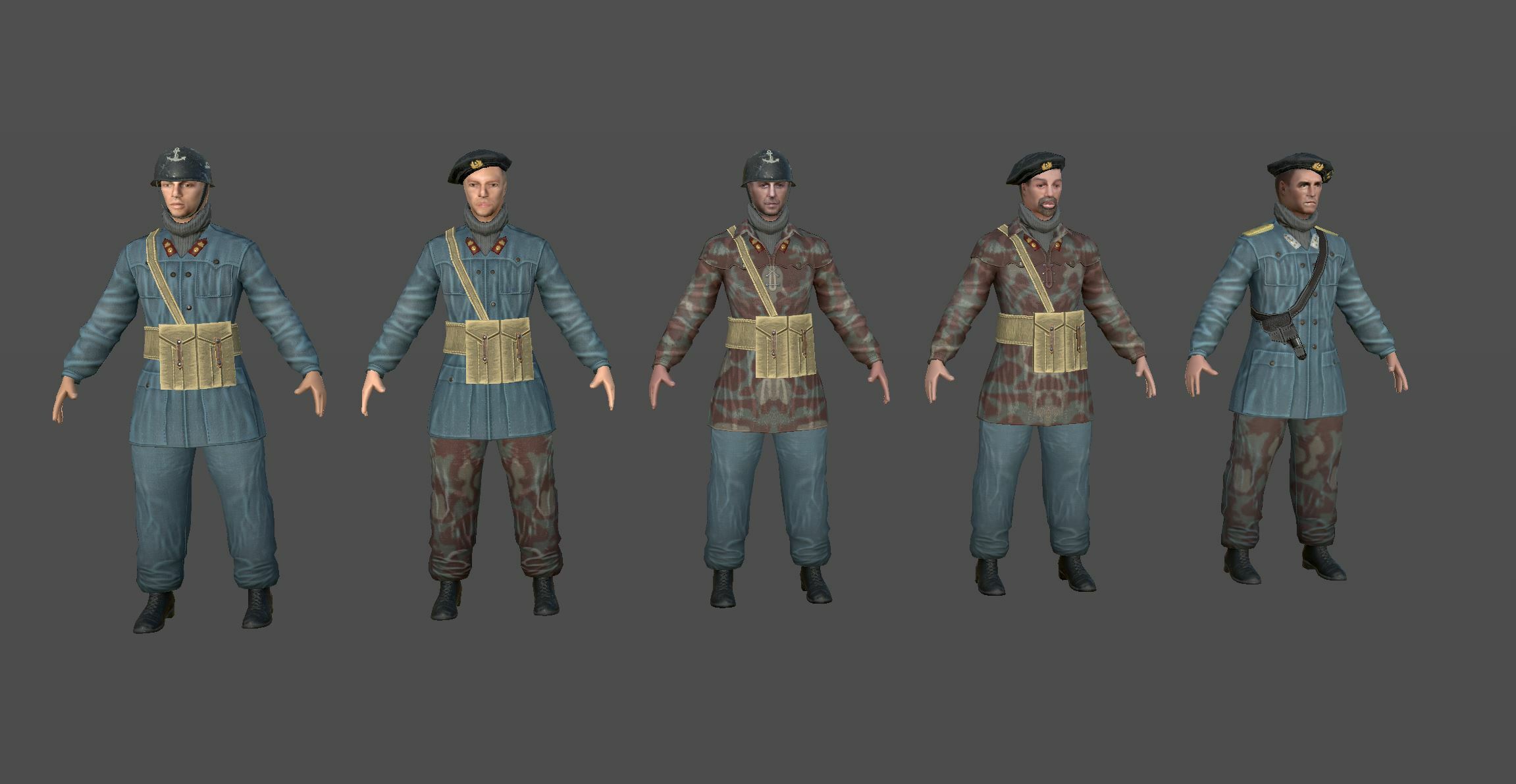
After the Armistice of 1943, one of the first Decima Mas units, “Battalion Barbarigo” with artillery, was sent to Anzio to counter the Allied landings, where it was attached to the 715. Infanterie-Division.
The British Commandos
The following models are not completely new, having first been featured quite a few years ago in Steel Division: Normandy ‘44. Having been left unused since, they are getting a second lease on life in Steel Division 2: Men of Steel.
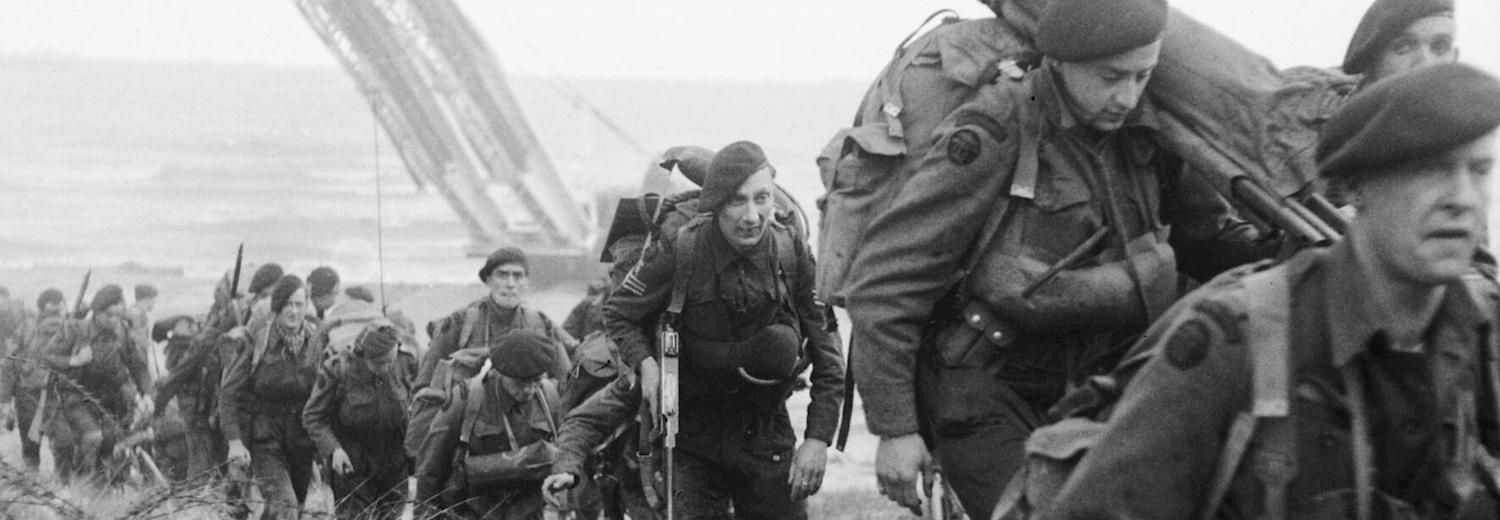
We will include the British Commandos as part of the 1st Special Force Brigade. This formation was composed of 4 Commando (each a small battalion) plus two Troops (small companies). The full breakdown is N°3 Commando, N°4 Commando, N°6 Commando, N°45 (Royal Marine) Commando and two French troops from N°10 (Inter-Allied) Commando.
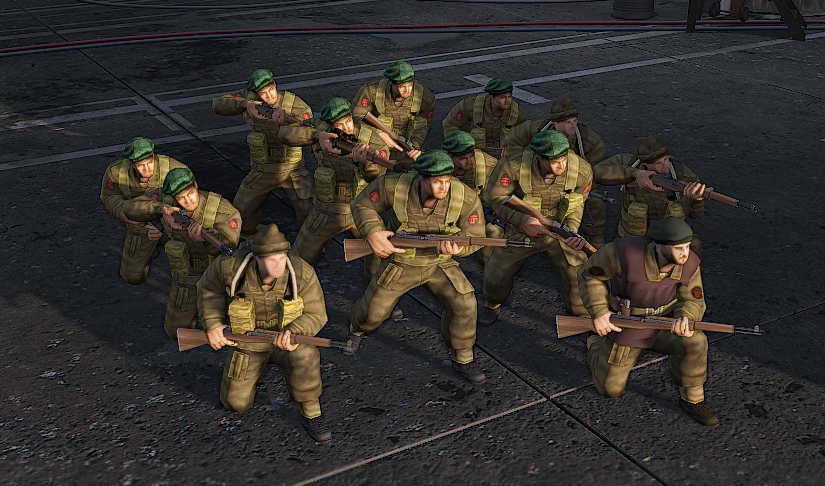
All Commandos use, in essence, the same models, but the Royal Marines and French variants will have some additional flourish. Each Commando will be represented as a separate unit card with its own equipment and organization specificities.
The British 30 Assault Unit
Another new unit - but also from Steel Division: Normandy ‘44 - will find its way to the expansion: the N°30 Commando. Renamed by D-Day as 30 Assault Unit, this special formation was the brainchild of intelligence officer Ian Fleming, of later James Bond fame.
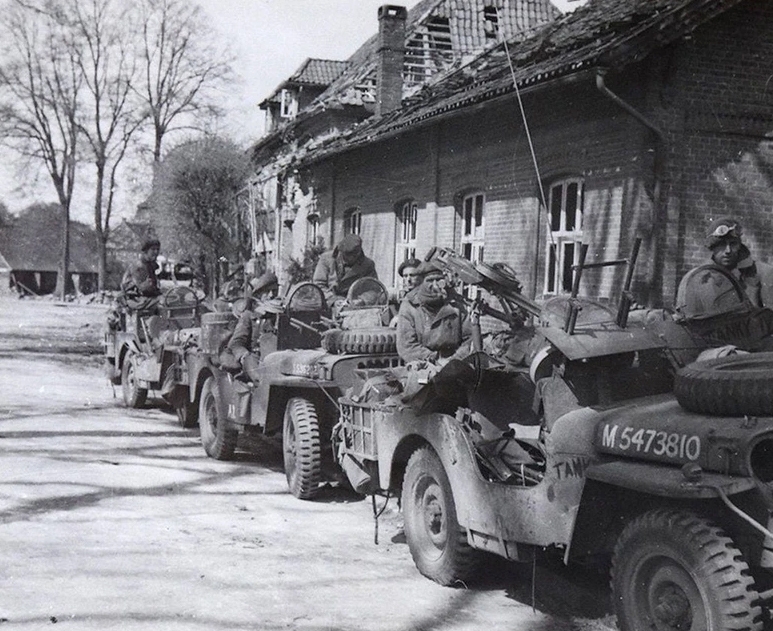
This formation focused on securing key buildings, personnel, and valuable documents, including ciphers and codebooks, for strategic intel or technological knowledge. Soldiers from the 30 Assault Unit would attach themselves to the vanguard of any Allied unit, allowing them to approach their objectives as fast as possible. This gave them a shot at taking their goals before being evacuated or destroyed by the retreating Germans. These soldiers ranged ahead, far and wide, and were successful in the lead-up to the Liberation of Paris and France in general. They will serve as the 1st Special Force Brigade recon units in the expansion.
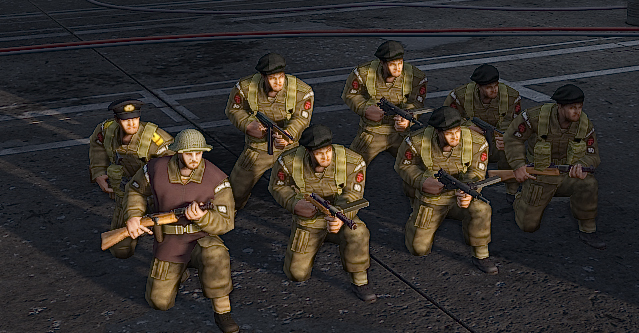
We have finished all the historical highlights - our so-called Versus DevBlogs of all the new divisions of the expansion. In case you want to check them out again:
And if you want to read more about the two new Aces - Allied Sergeant Tommy Prince and Hungarian tank commander Barnabás Kőszeghy - you’ll encounter in Steel Division 2: Men of Steel, look no further and check out this dedicated DevBlog here.
Before we leave you be, a short message from the SDL community. This Saturday, the 22nd of April, at 2 pm CEST (GMT+2), the finals of SDL Season 1 will be streamed live at http://twitch.tv/sd_league. You will be able to see the exciting finale between Inshaa and Mimile as they fight to be declared the winner of the championship. Don’t forget to tune in!

Be sure to join the Steel Division 2 community on our Steam forums. The latest Steel Division 2 news can also be encountered on our Instagram.
Looking for an online game? Visit the Discord server or Reddit page and get involved with the lively Steel Division 2 community!
See you on the battlefield, commander.
It’s time for another round of Steel Division 2: Men of Steel infantry highlights. As in last week’s highlight, today we will look at some new German, Dutch, Italian and British models.
Let’s detail the new combat soldiers itching to deploy in Steel Division 2.
The Axis
The Germans
First up are our Axis German 15. Welle Warriors. As you might remember, Welle means “mobilization wave”, and during the war, Germany called up many a million recruits in different waves, with a decrease in quality as the conflict continued.
The divisions that formed part of the 15th Aufstellungswelle were assembled in April 1941, destined for occupation duty in the Balkans. Once arriving in the theater of operations, they would likely see combat against local partisans, not heavy-duty frontline combat (hence the questionable quality of the recruits). The divisions (numbered in the 700 range) contained two regiments from each military district (Wehrkreis) found in greater Germany.

However, the new formations, with two infantry regiments, were weaker than previous mobilization waves. For instance, the regiments lacked infantry guns, anti-tank artillery, and heavy machine-gun companies. The first divisions were ready in early May, while the rest, including our 715. Infanterie-Division, could be deployed two weeks later.

As static divisions, these formations were filled with men generally unfit for active service: too old, too weak, too scrawny, or too ill. Our models try to reflect that reality: meet Scrawny, Old Timer, and Fatty (inspired by Hogan’s Heroes’ Sergeant Schultz). These 3D models will be featured in the expansion’s 715. Infanterie-Division.

Dutch
The flinke kerels of the 34. SS Freiwilligen Grenadier Landstorm Nederland are next. The Landstorm was raised as a territorial unit filled with local collaborationist Dutchmen wanting to fight for the Axis. Founded in 1943 by the Reich Commissioner Arthur Seyss-Inquart, the unit first focused on guarding and protecting key infrastructure in the Netherlands, such as bridges, railways, and canals.

From November 1944, it officially became a brigade, and in early 1945 it turned into a division, even though in reality it never outgrew its brigade size.
Service in the formation was rather popular for those collaborationists wishing to avoid the other hardships of war. They were exempted from forced labor in Germany, did not have to fight beyond the Dutch borders, and a number of troops were deemed unfit for combat duties in other SS formations.

When the fighting approached the Netherlands in September 1944, the first battalions of the poorly trained and lightly equipped Landstorm were thrown at the Commonwealth forces in Belgium. They didn’t fare well. The third battalion was present when the British paratroopers landed near Arnhem, thanks to a nearby training camp. The Dutch SS took to the fight after a day or two (arriving by bicycle, how typically Dutch). Equally ill-performing, when used against Polish paratrooper reinforcements, and using captured British airdropped weaponry, the Landstorm was beaten back rather without much trouble. Many of the Dutch soldiers deserted during the fighting.

The Landstorm saw only limited action in the Netherlands for the rest of the war, ultimately surrendering in droves during April and May 1945 (which caused its share of issues when done by Dutch Resistance fighters). In Steel Division 2: Ment of Steel, the Landstorm units will be found with the Kampfgruppe von Tettau.
Italians
The Italians are back! This time in the form of the Axis RSI Decima Mas, the Italian naval raiding forces. Usually rated as the best of the RSI (Repubblica Sociale Italiana or the Italian Social Republic), these soldiers were not under either Mussolini or German control. The RSI Decima Mas was “only loyal” to their commander, Prince Borghese.

These Italians kept the war going against the Allies in coordination with the Germans, but not under their official command. After the split between an Allied and Axis-controlled Italy, Decima Mas eventually grew to over 18,000 members. Although conceived by Borghese as a naval unit, instead, it gained a reputation as a savage pro-fascist, anti-communist resistance force in various land battles alongside German troops.

After the Armistice of 1943, one of the first Decima Mas units, “Battalion Barbarigo” with artillery, was sent to Anzio to counter the Allied landings, where it was attached to the 715. Infanterie-Division.
The Allies
The British Commandos
The following models are not completely new, having first been featured quite a few years ago in Steel Division: Normandy ‘44. Having been left unused since, they are getting a second lease on life in Steel Division 2: Men of Steel.

We will include the British Commandos as part of the 1st Special Force Brigade. This formation was composed of 4 Commando (each a small battalion) plus two Troops (small companies). The full breakdown is N°3 Commando, N°4 Commando, N°6 Commando, N°45 (Royal Marine) Commando and two French troops from N°10 (Inter-Allied) Commando.

All Commandos use, in essence, the same models, but the Royal Marines and French variants will have some additional flourish. Each Commando will be represented as a separate unit card with its own equipment and organization specificities.
The British 30 Assault Unit
Another new unit - but also from Steel Division: Normandy ‘44 - will find its way to the expansion: the N°30 Commando. Renamed by D-Day as 30 Assault Unit, this special formation was the brainchild of intelligence officer Ian Fleming, of later James Bond fame.

This formation focused on securing key buildings, personnel, and valuable documents, including ciphers and codebooks, for strategic intel or technological knowledge. Soldiers from the 30 Assault Unit would attach themselves to the vanguard of any Allied unit, allowing them to approach their objectives as fast as possible. This gave them a shot at taking their goals before being evacuated or destroyed by the retreating Germans. These soldiers ranged ahead, far and wide, and were successful in the lead-up to the Liberation of Paris and France in general. They will serve as the 1st Special Force Brigade recon units in the expansion.

Steel Division 2: Men of Steel Versus
We have finished all the historical highlights - our so-called Versus DevBlogs of all the new divisions of the expansion. In case you want to check them out again:
- The Wehrmacht reservist of the 715. Infanterie-Division and the paratroopers of the Allied 1st Airborne Taskforce receive their highlight in our Versus #1 DevBlog].
- The Allied commandos of the 1st Special Force Brigade against the Market Garden-active Axis Kampfgruppe von Tettau in Versus #2 DevBlog].
- The Finish-Swedish Axis 17. Divisioona and the partisan-infused and mixed Allied Groupement Dody in the Versus #3 DevBlog].
- The Axis-Hungarian armored 1. Páncélos Hadosztály and the Soviet-allied Bulgarian Bronirana Brigada get their spotlight in Versus #4 DevBlog.
And if you want to read more about the two new Aces - Allied Sergeant Tommy Prince and Hungarian tank commander Barnabás Kőszeghy - you’ll encounter in Steel Division 2: Men of Steel, look no further and check out this dedicated DevBlog here.
See you on the battlefield
Before we leave you be, a short message from the SDL community. This Saturday, the 22nd of April, at 2 pm CEST (GMT+2), the finals of SDL Season 1 will be streamed live at http://twitch.tv/sd_league. You will be able to see the exciting finale between Inshaa and Mimile as they fight to be declared the winner of the championship. Don’t forget to tune in!

Be sure to join the Steel Division 2 community on our Steam forums. The latest Steel Division 2 news can also be encountered on our Instagram.
Looking for an online game? Visit the Discord server or Reddit page and get involved with the lively Steel Division 2 community!
See you on the battlefield, commander.





